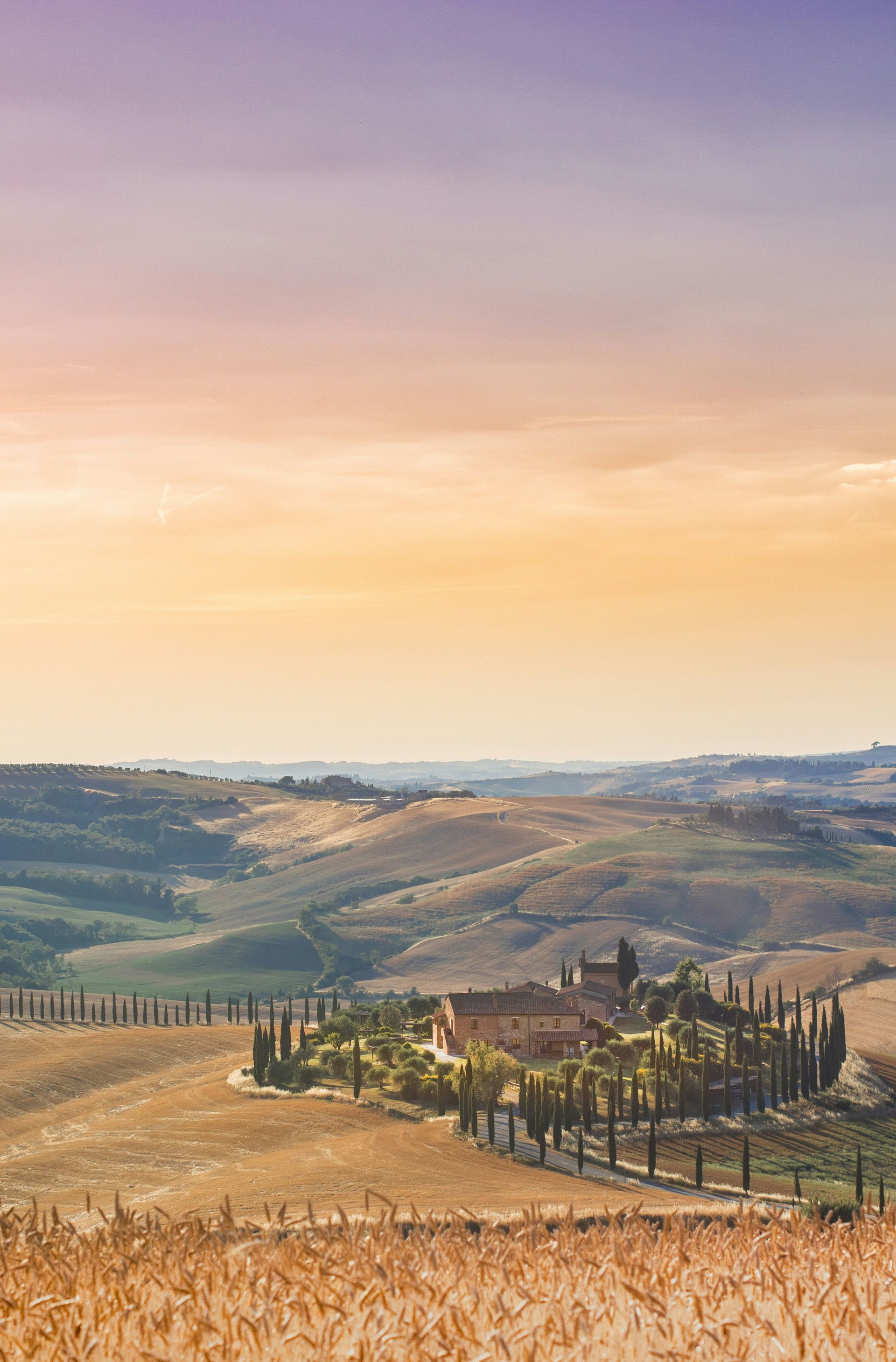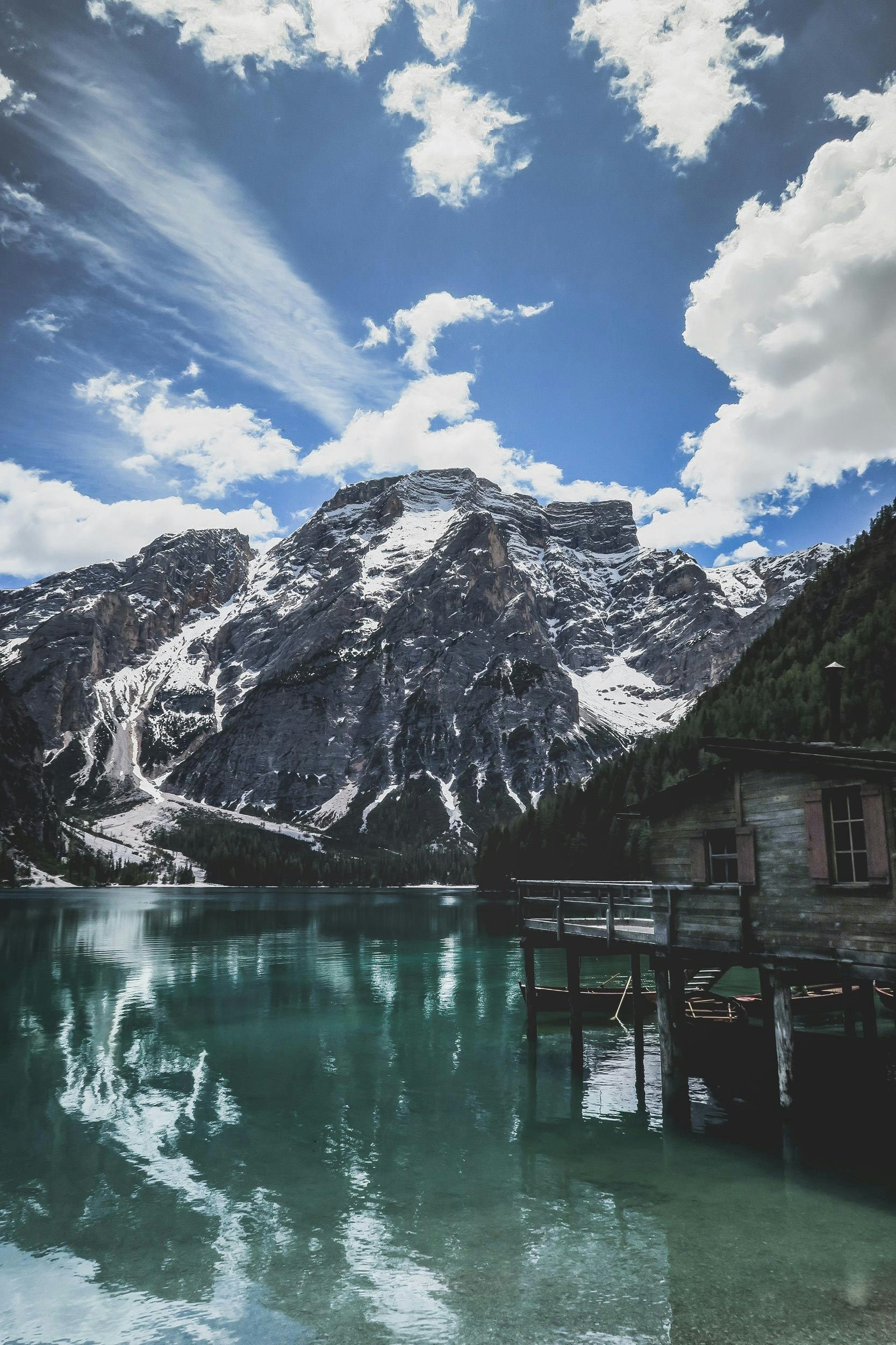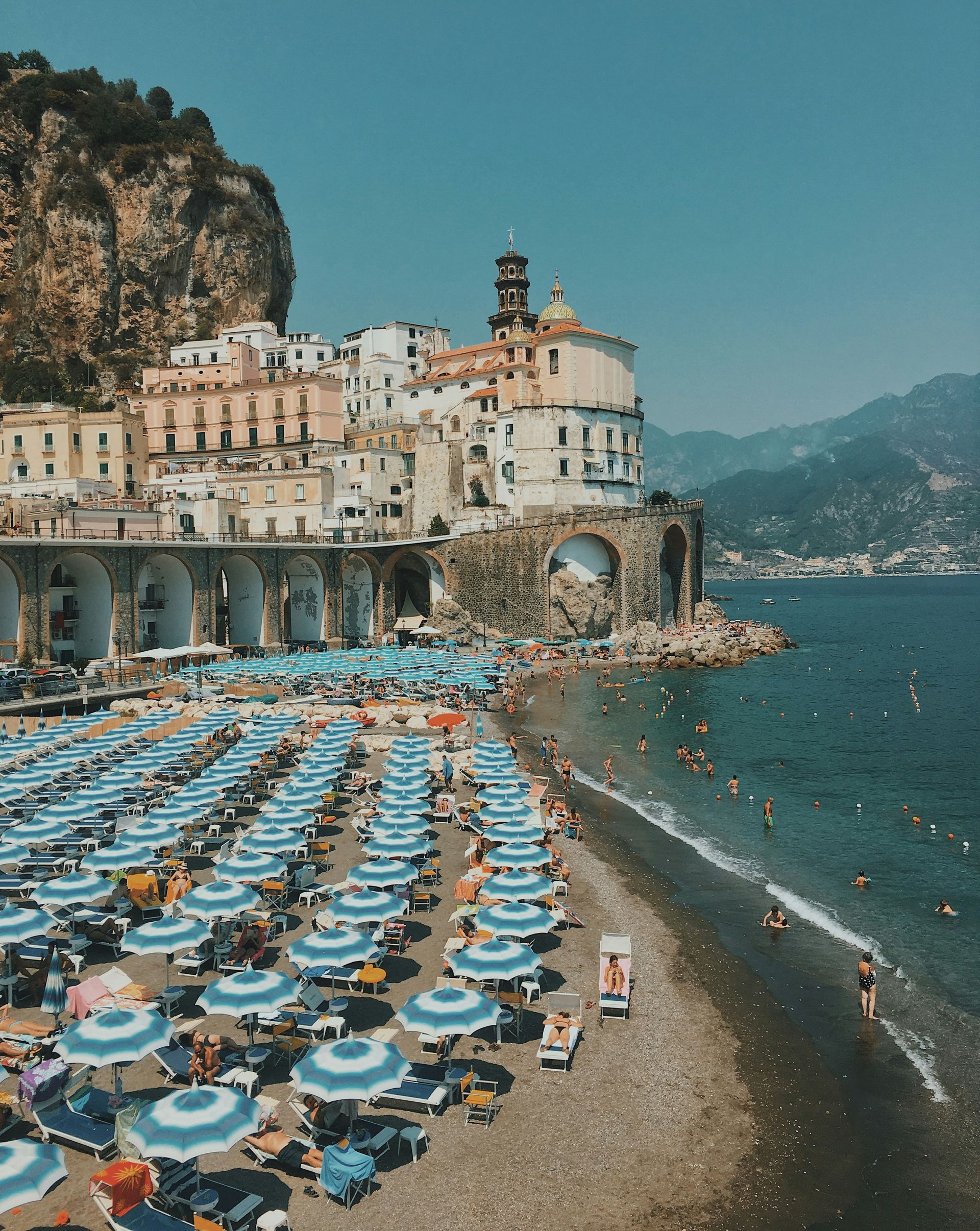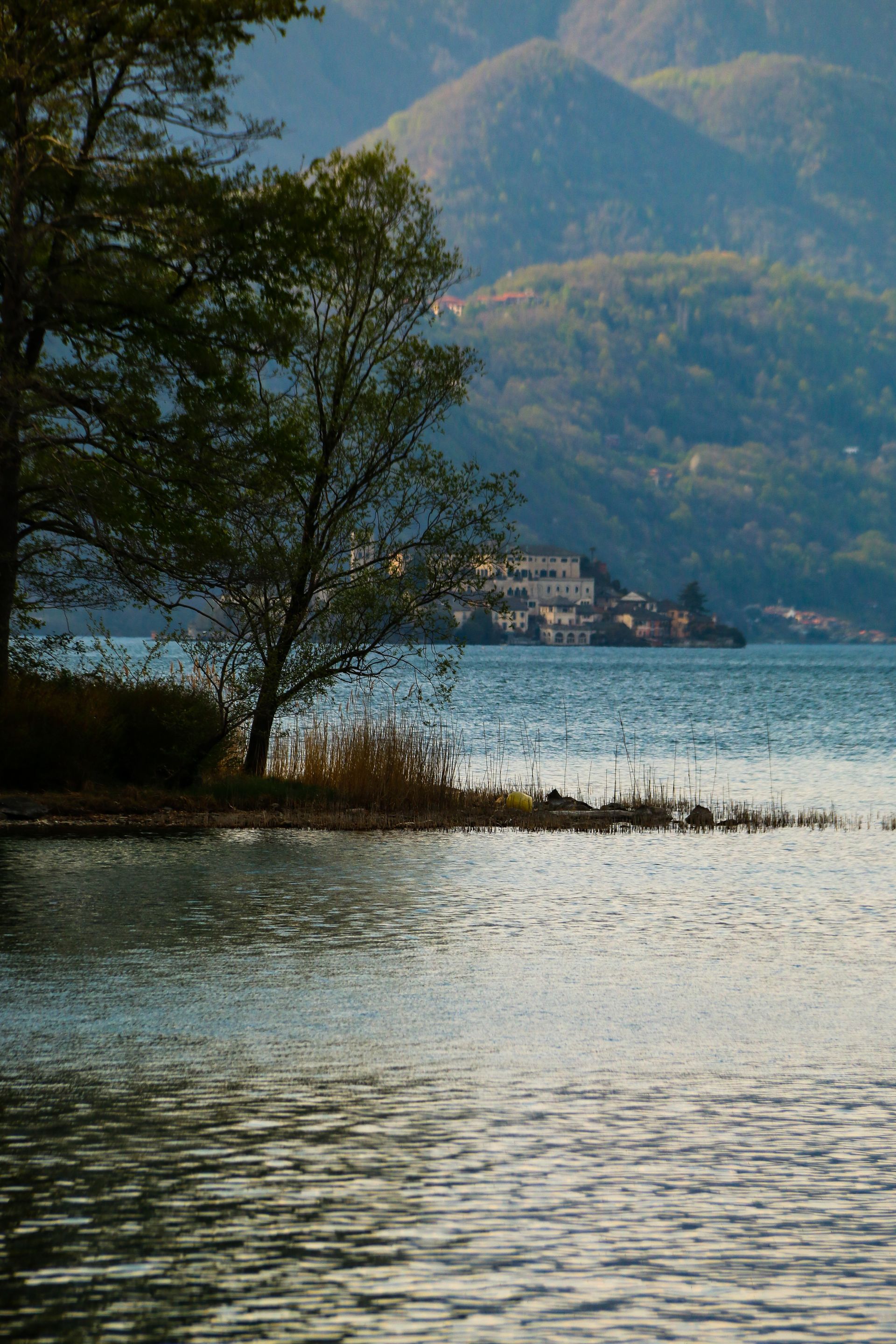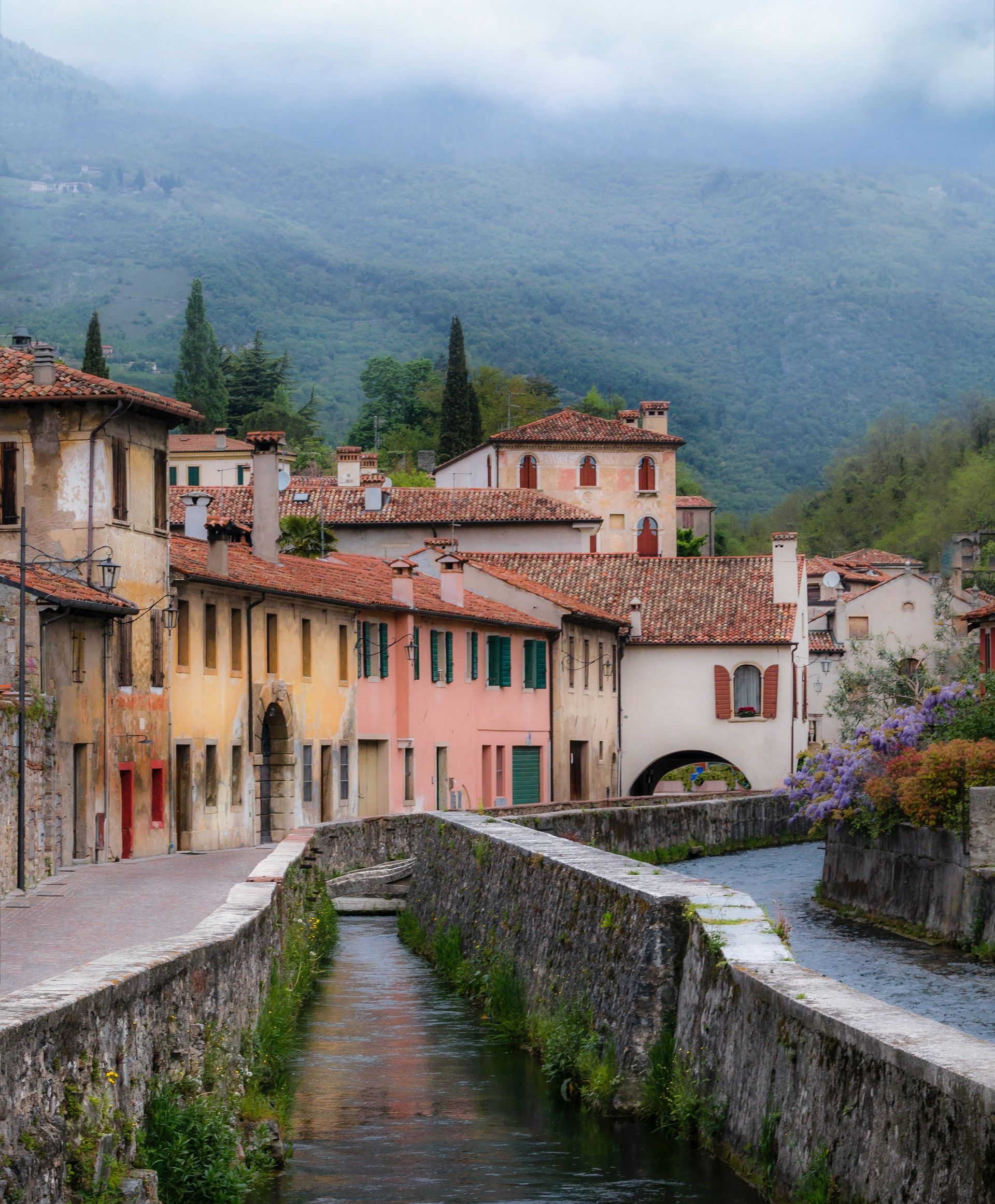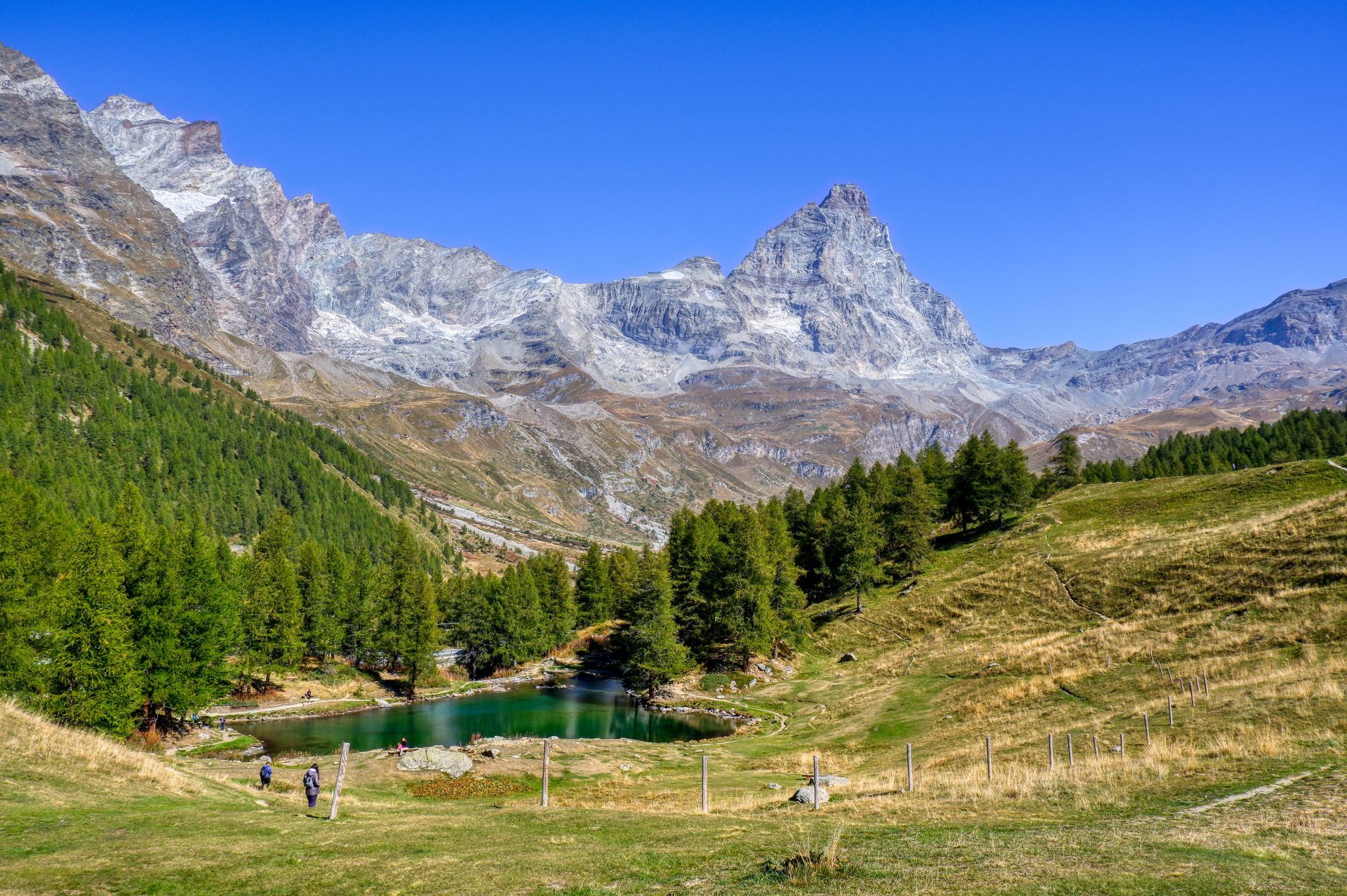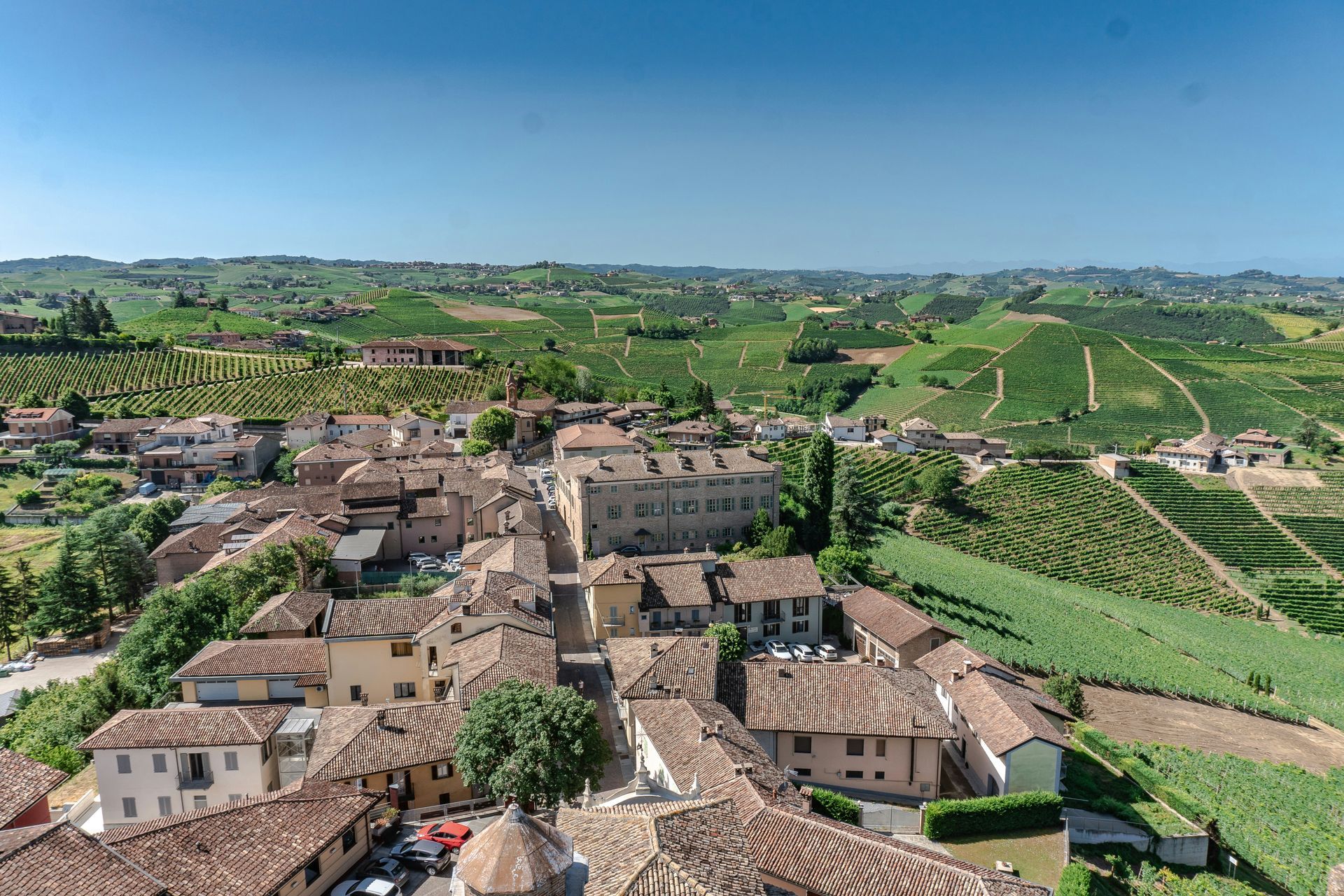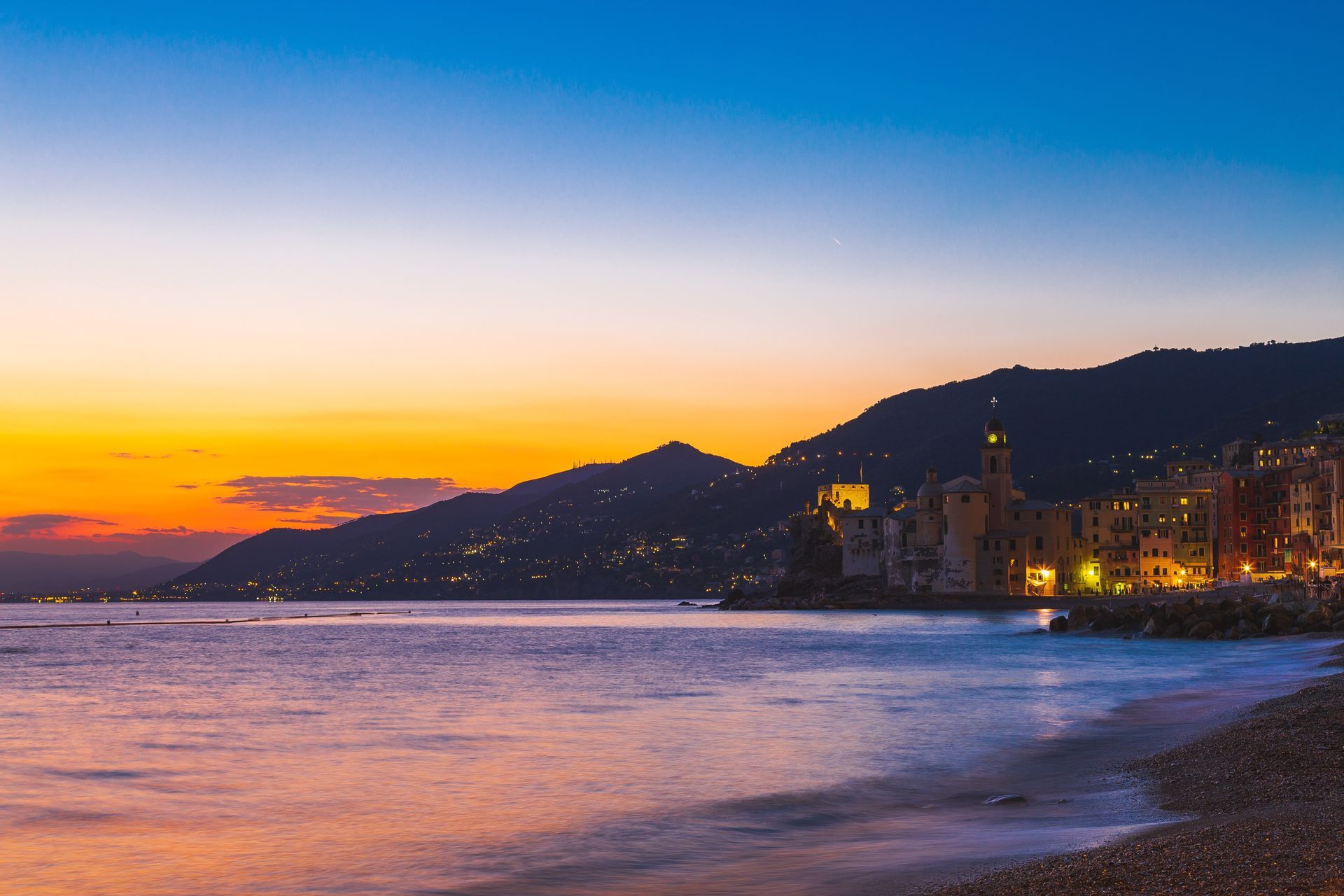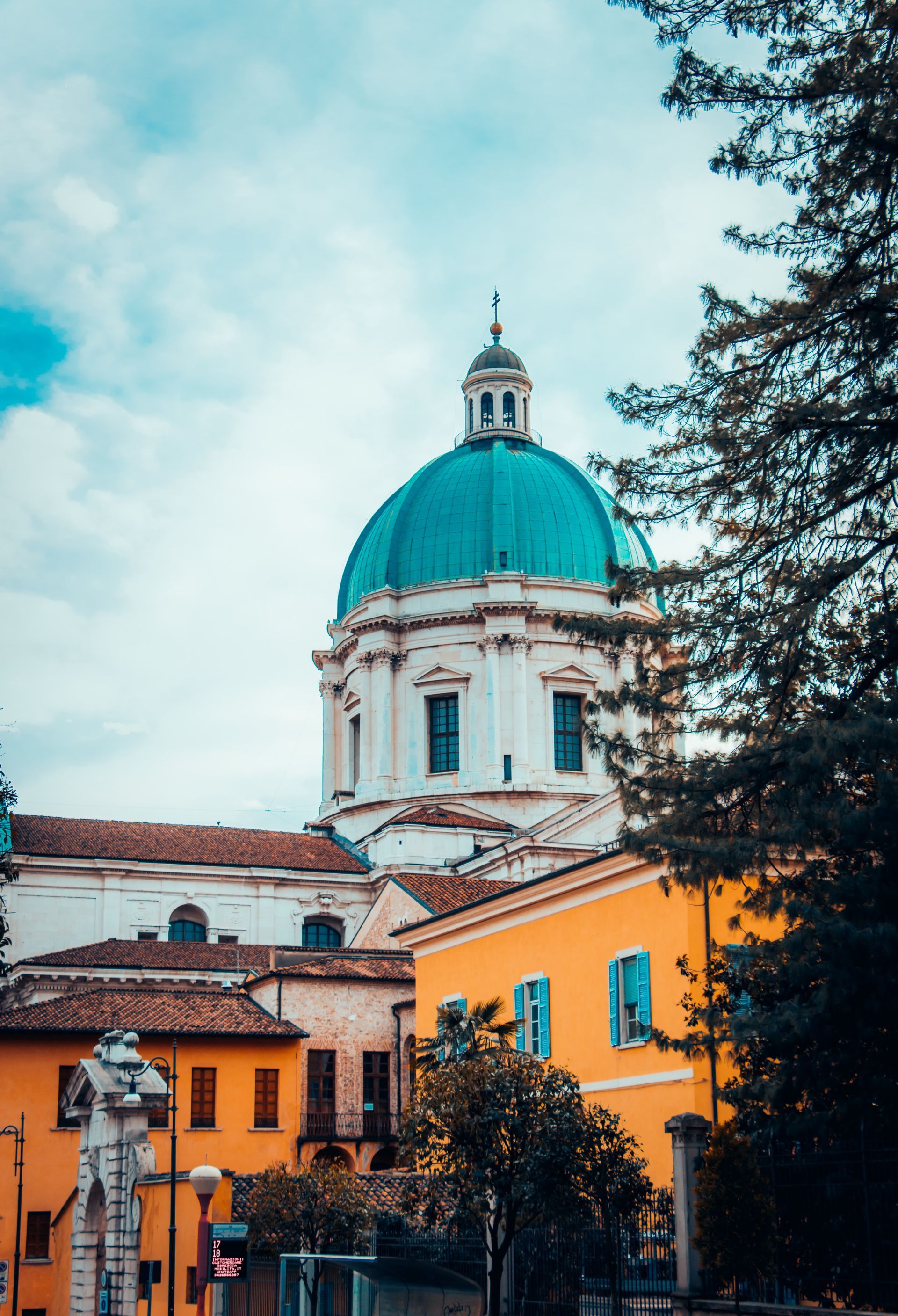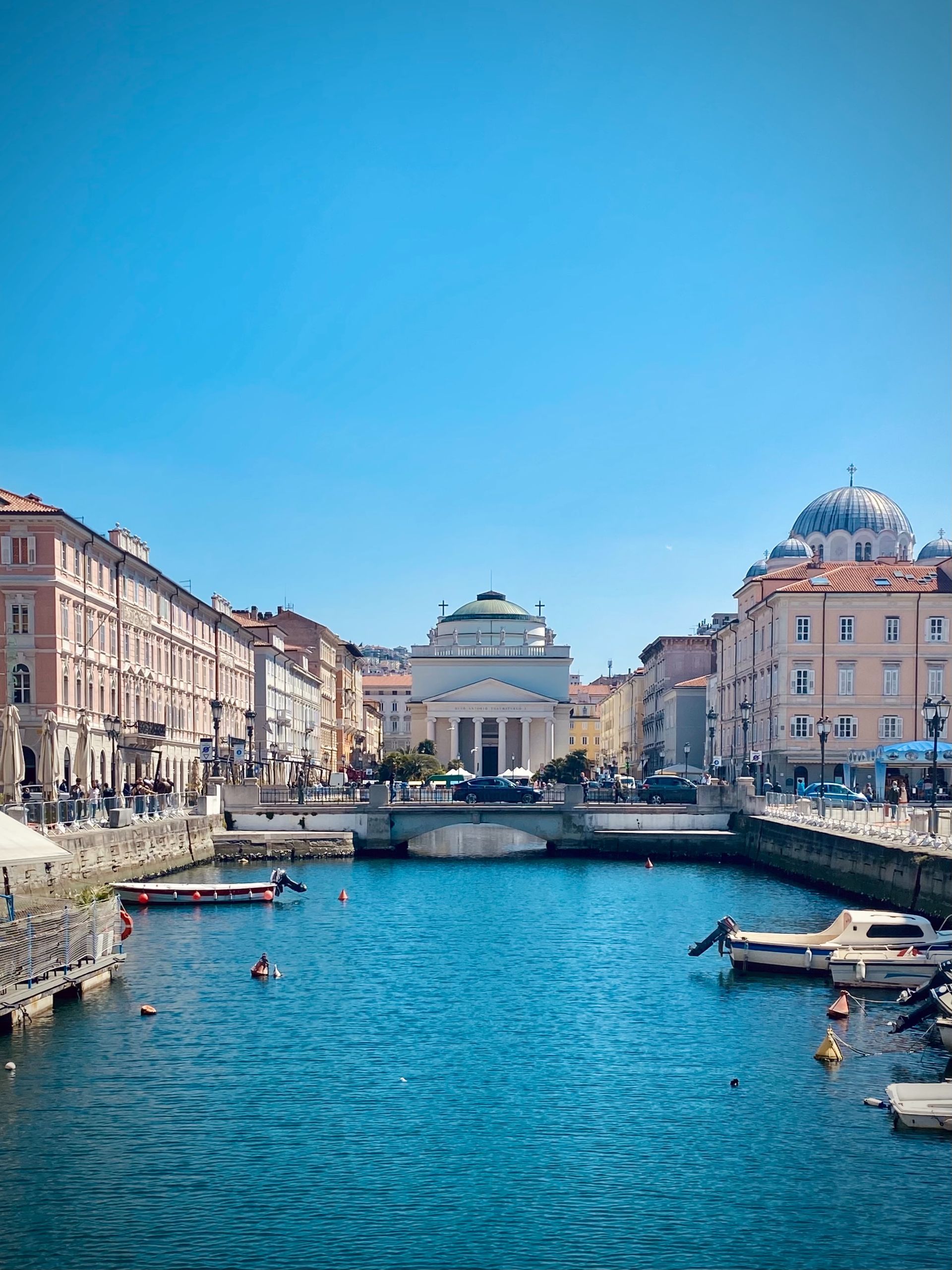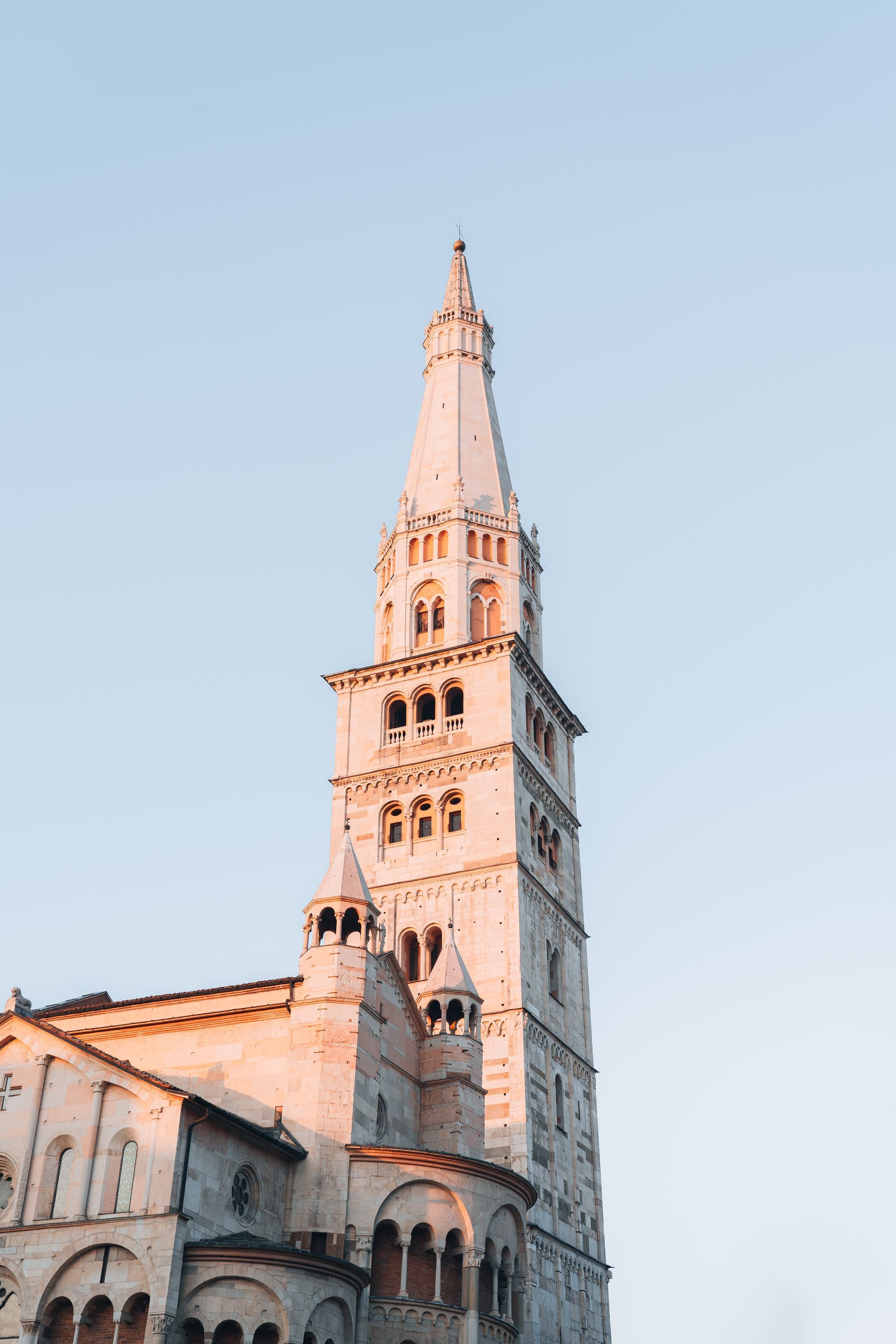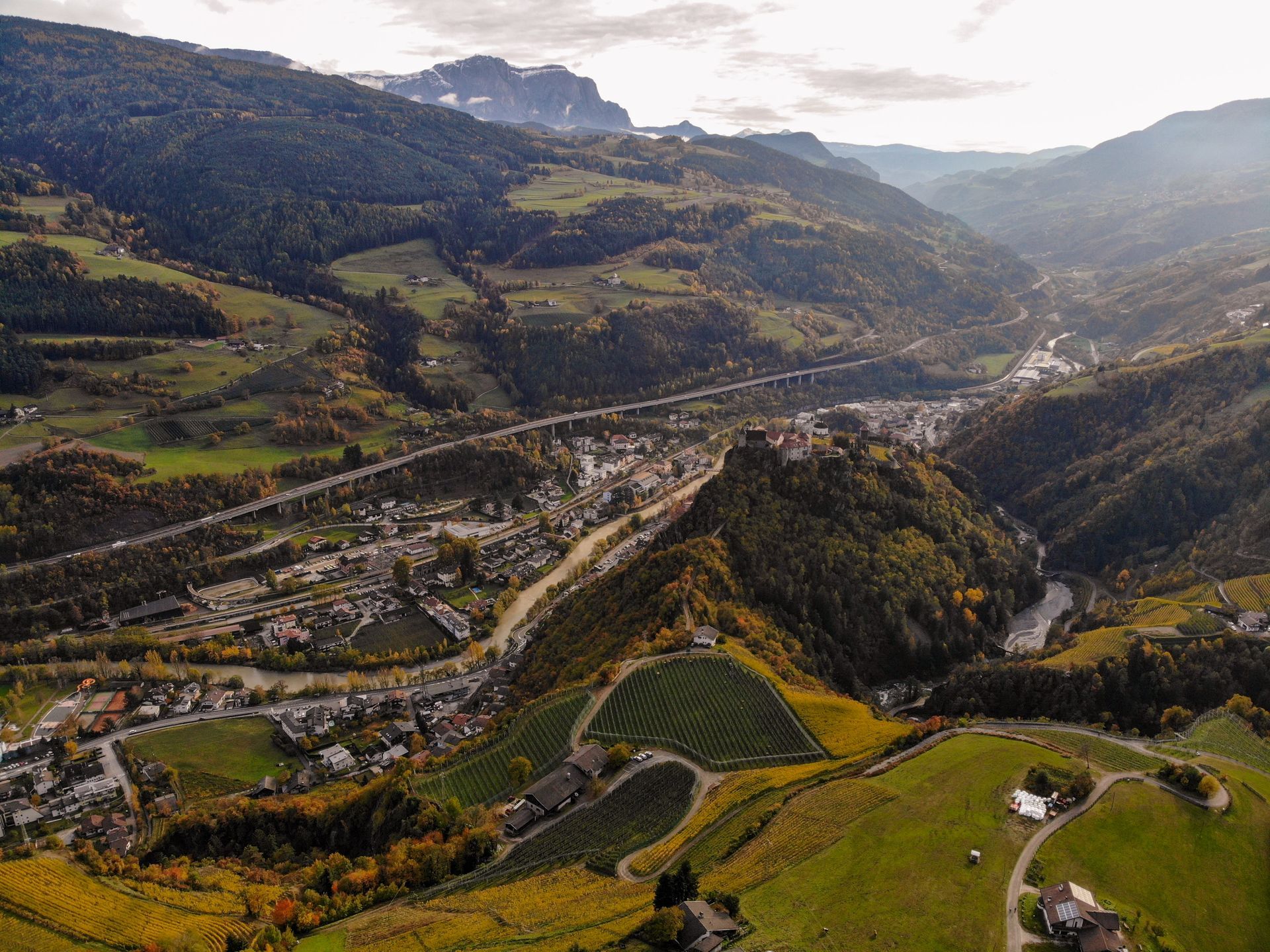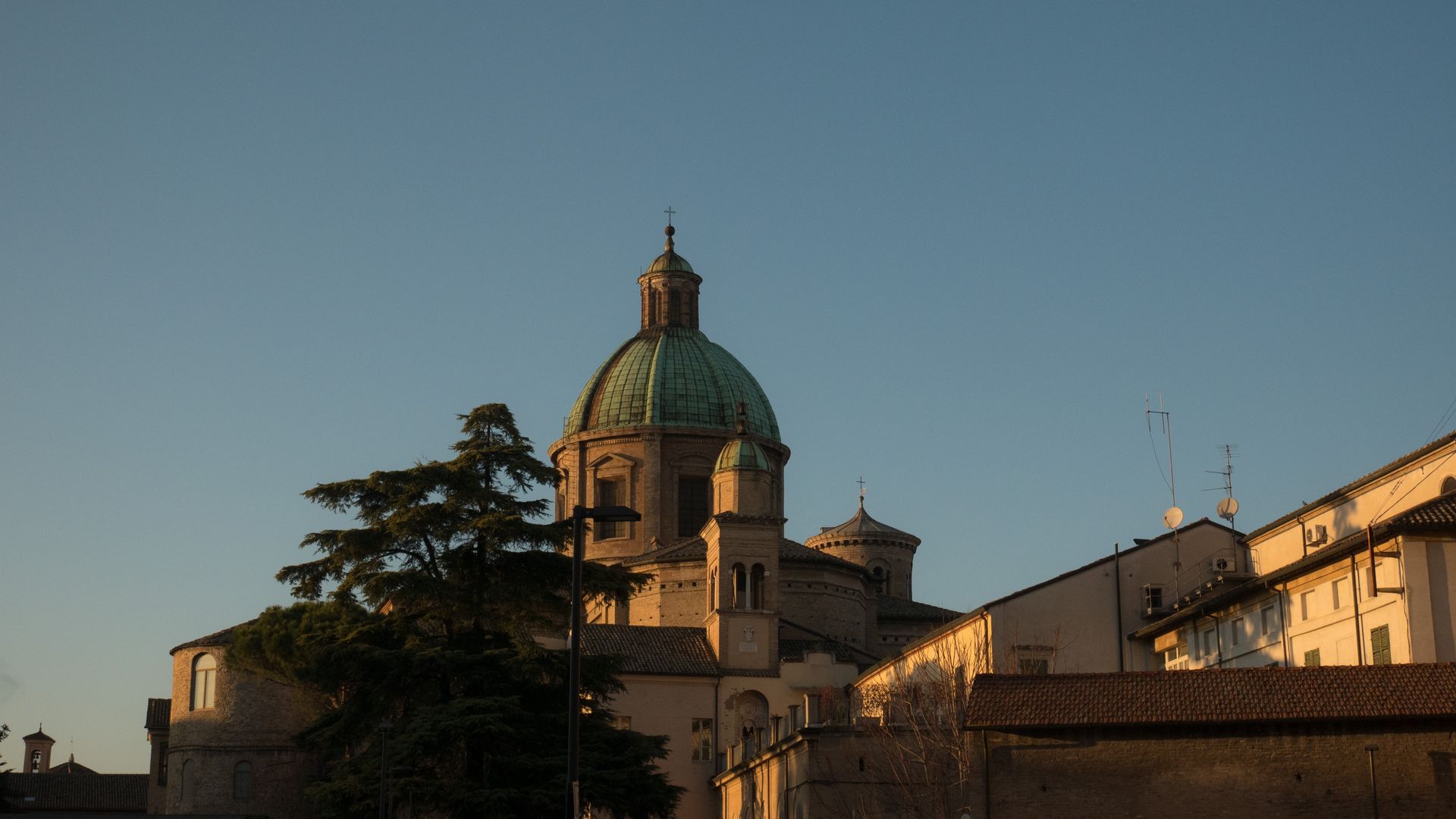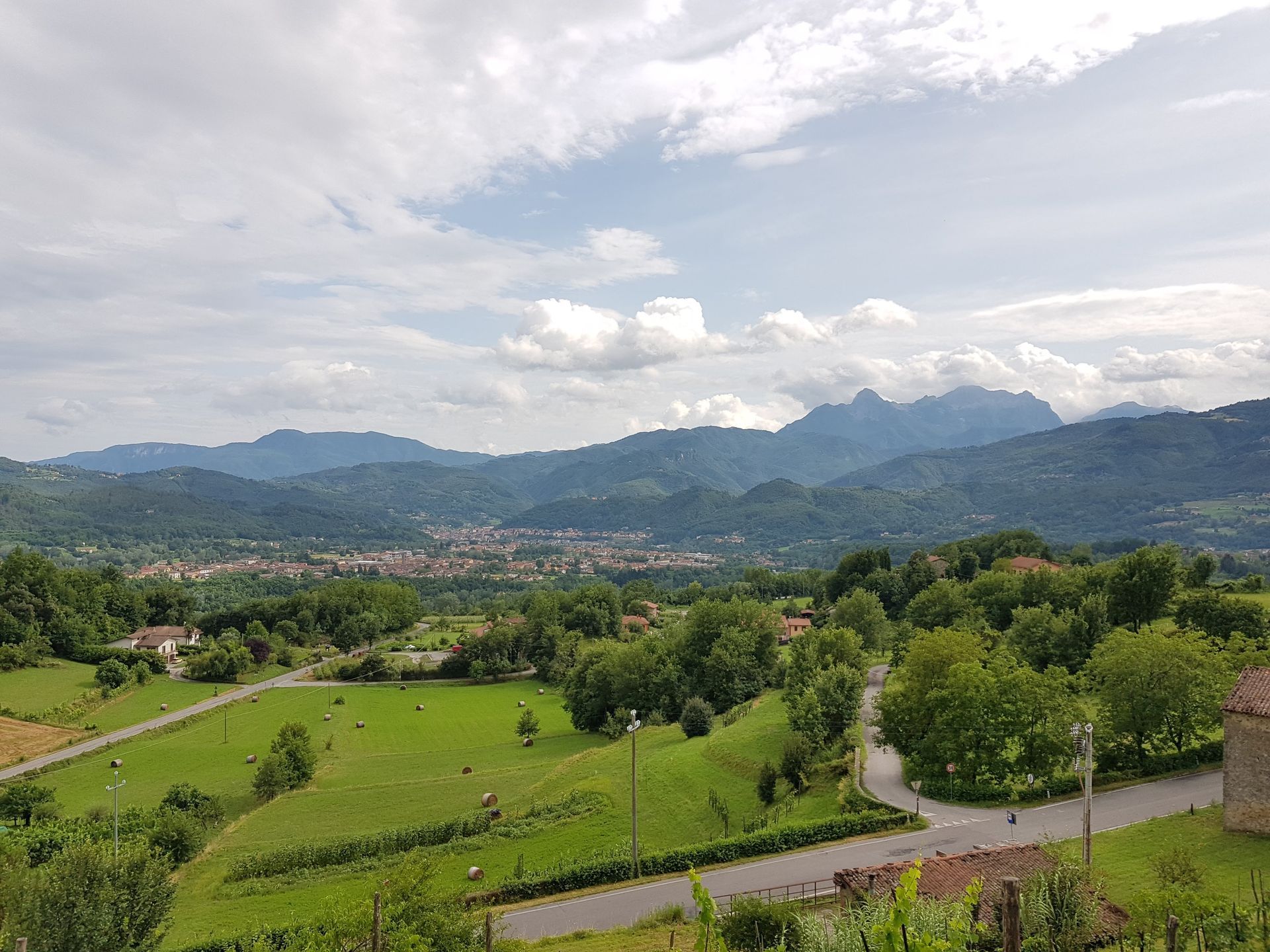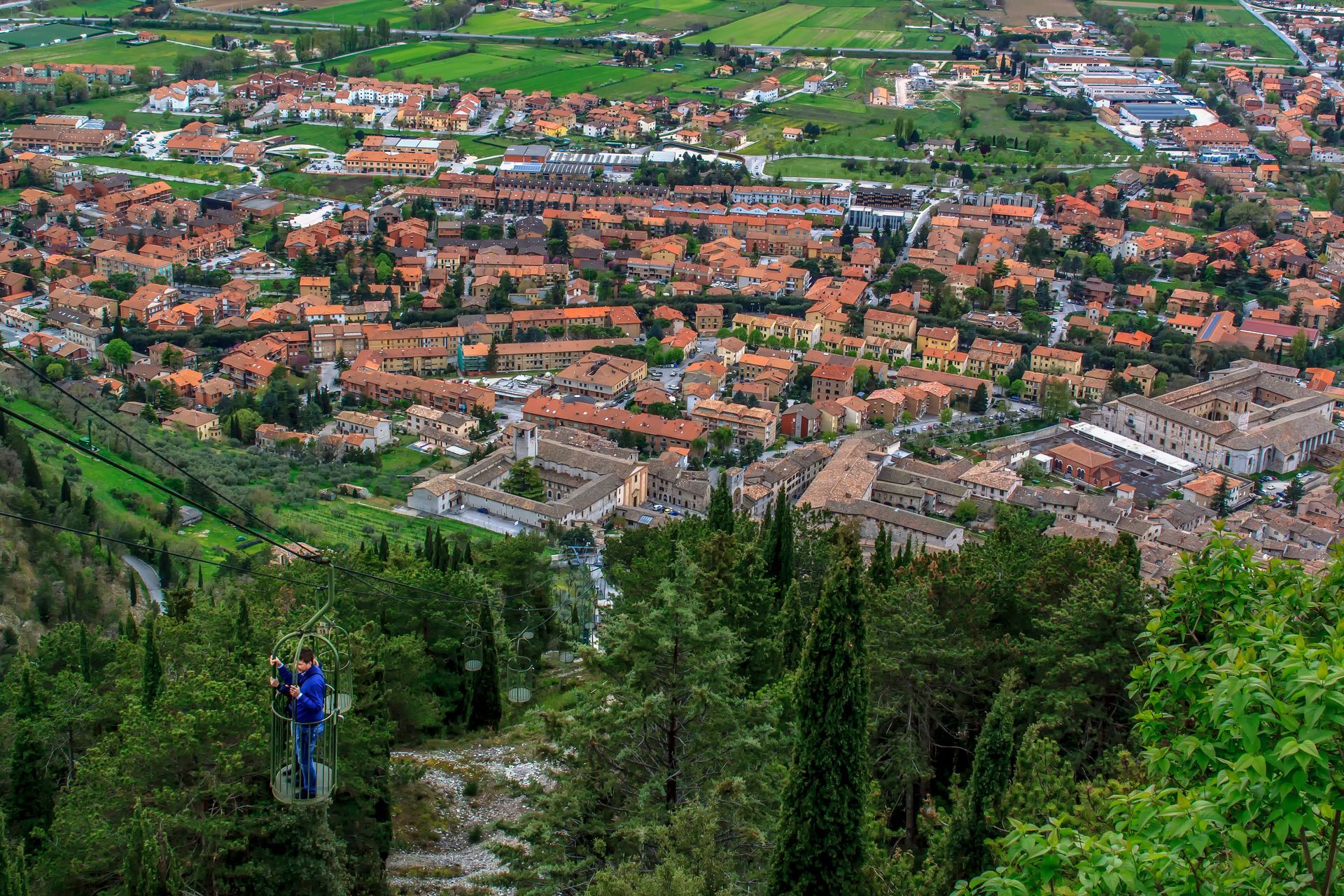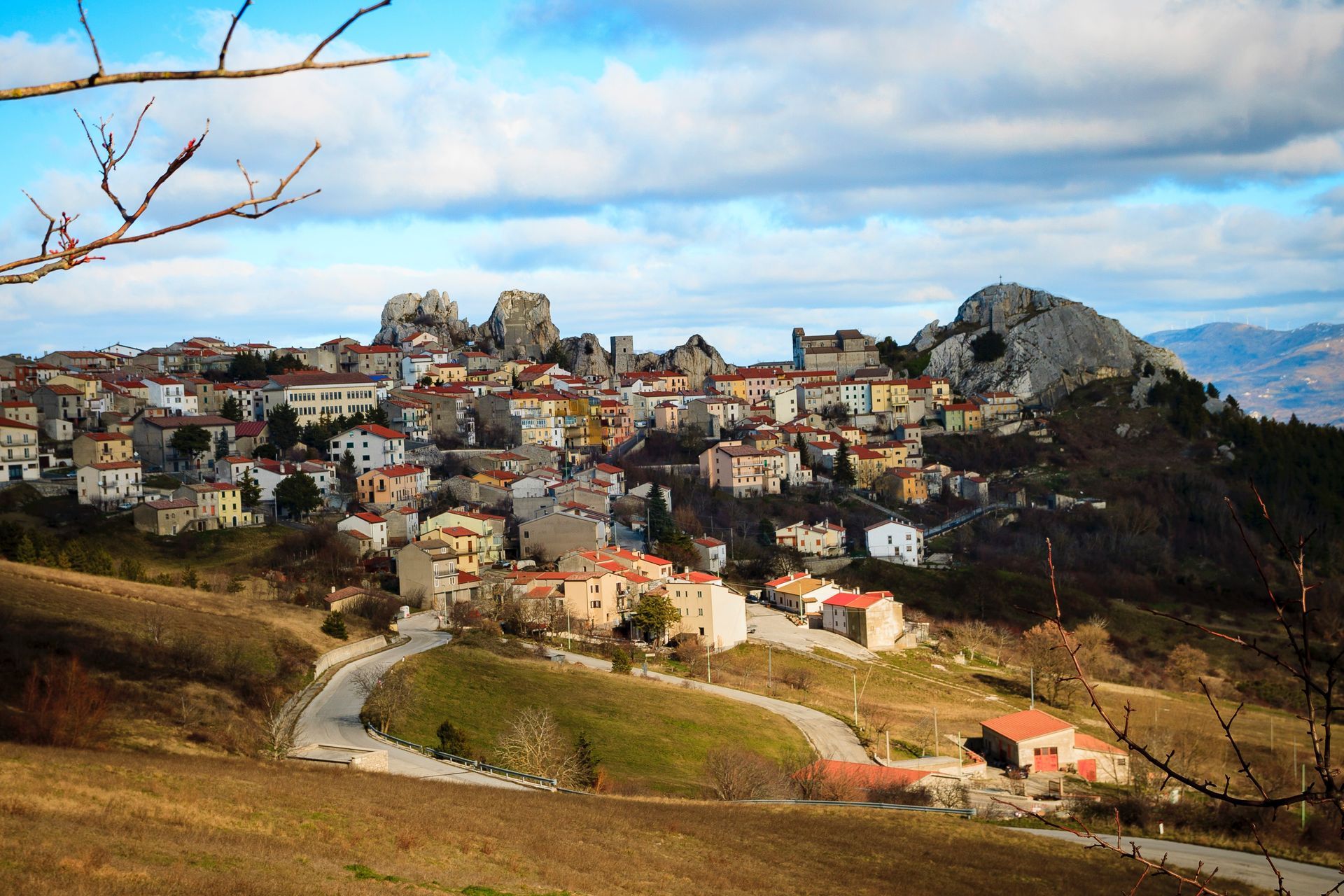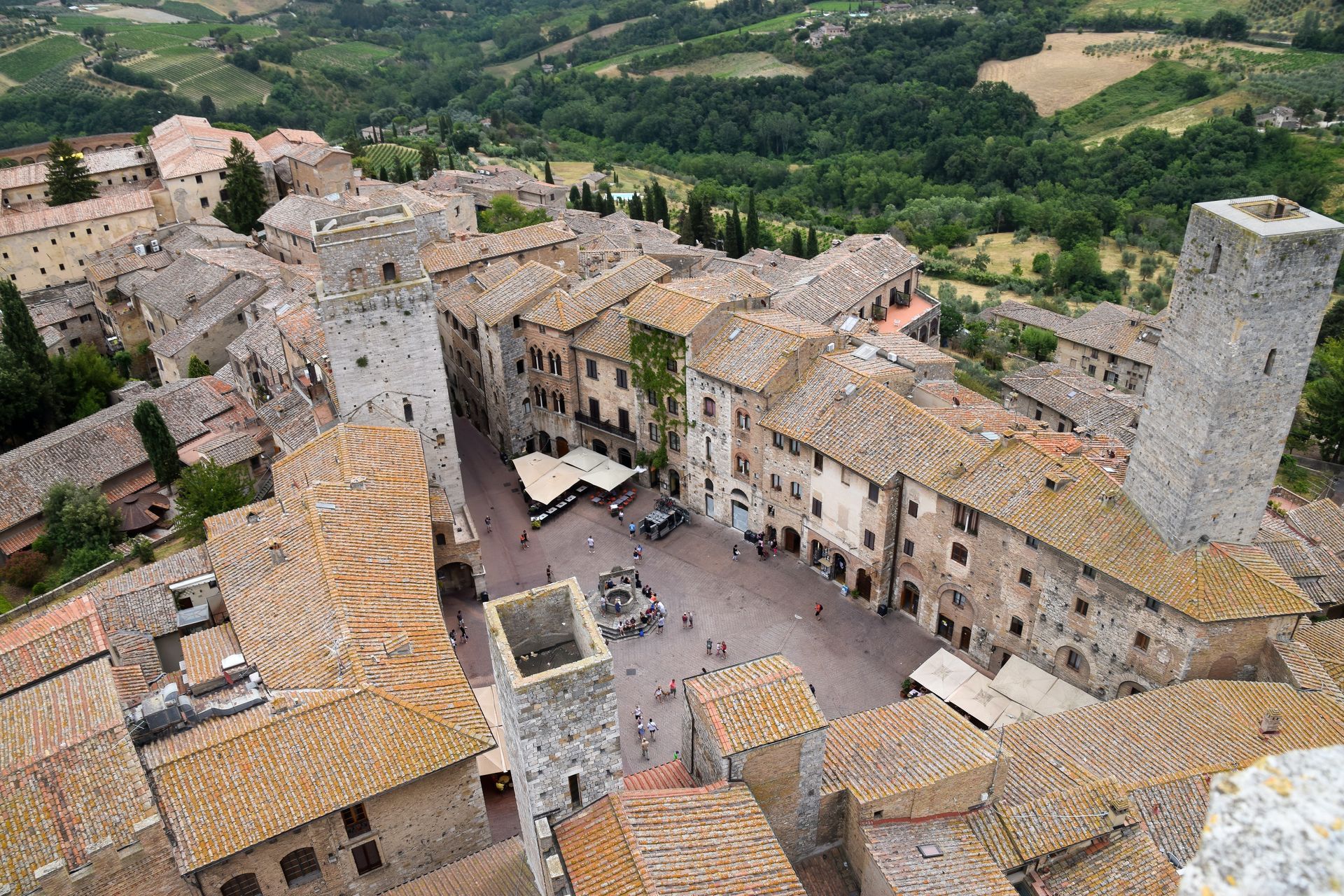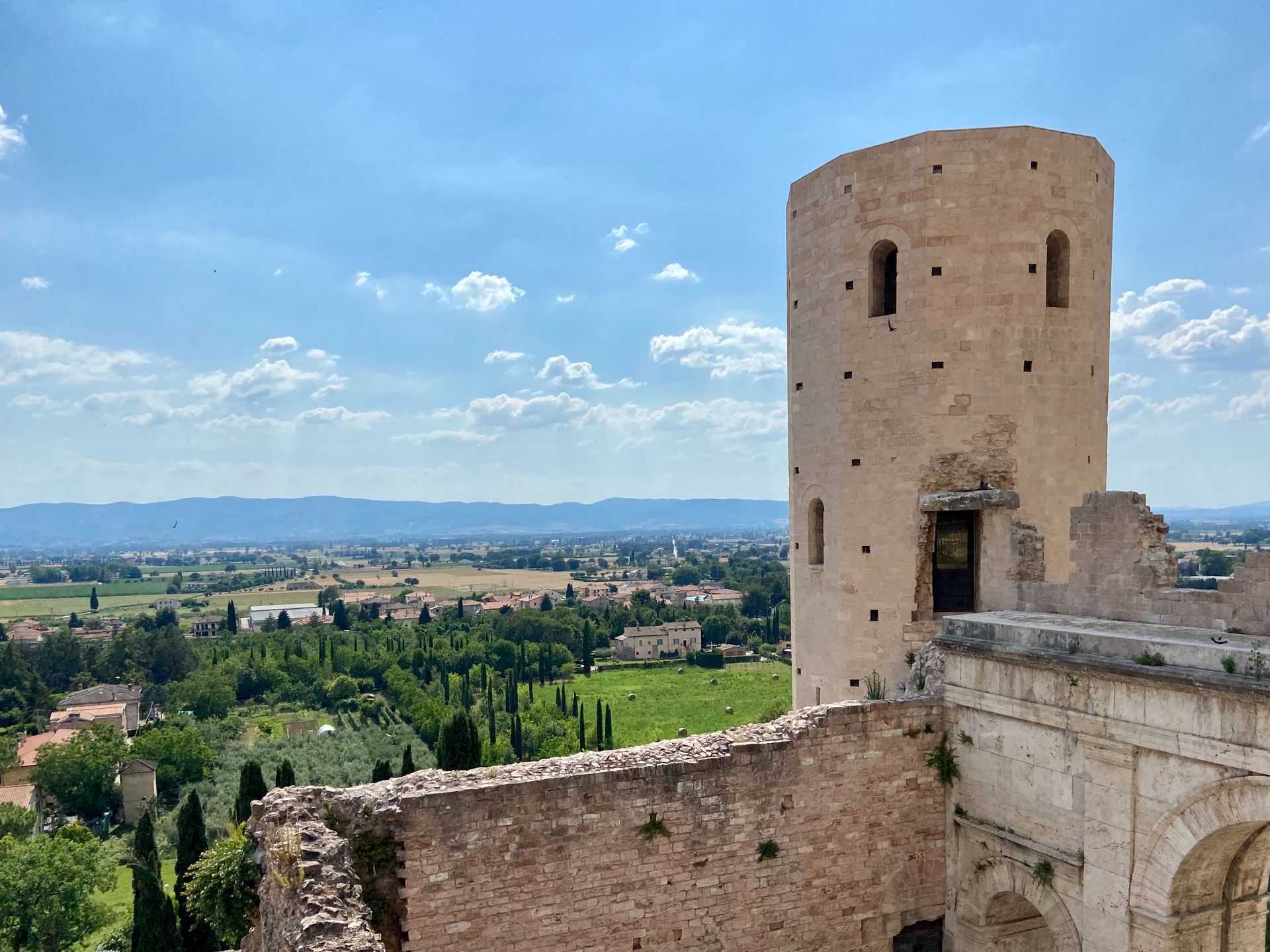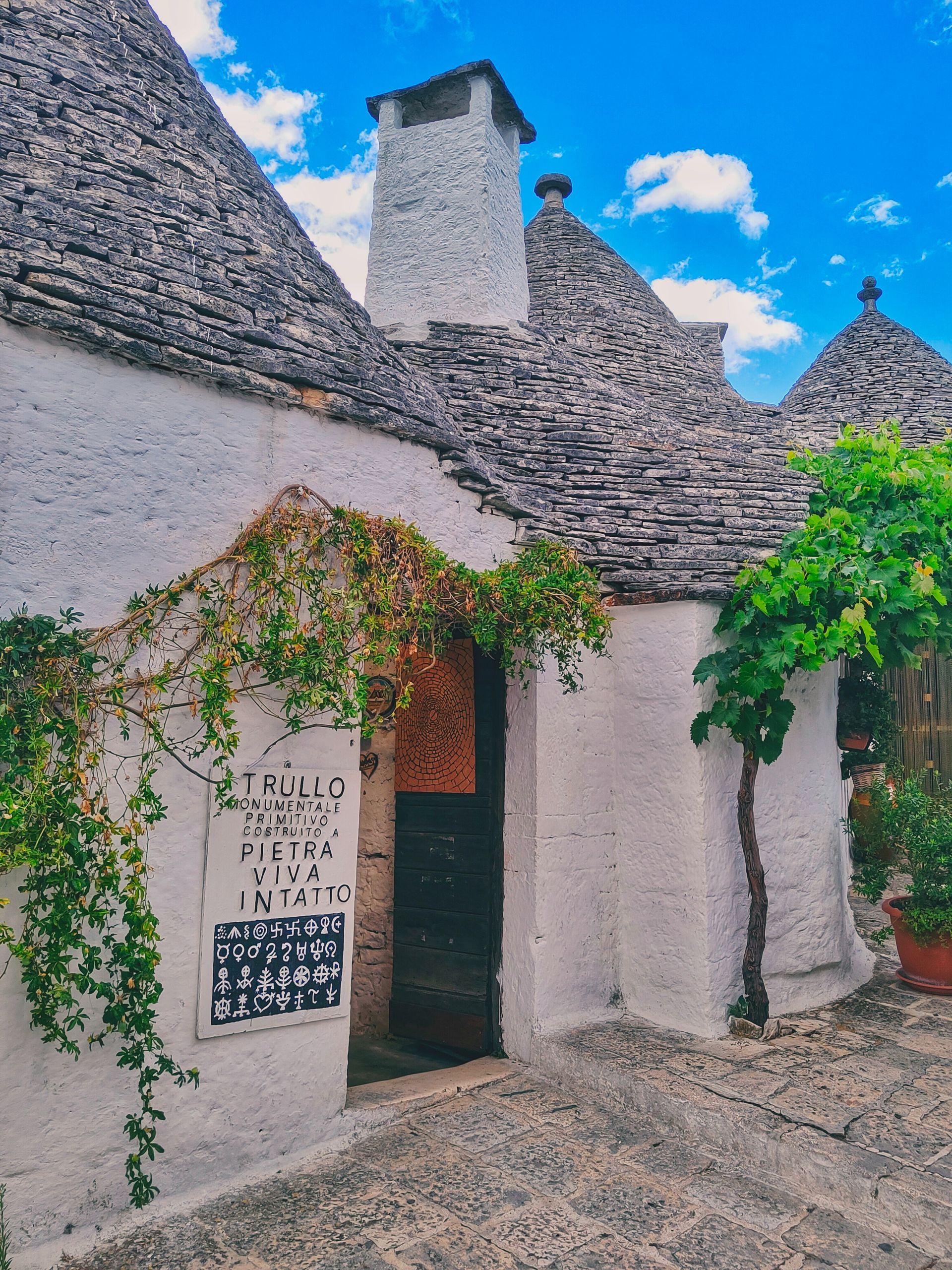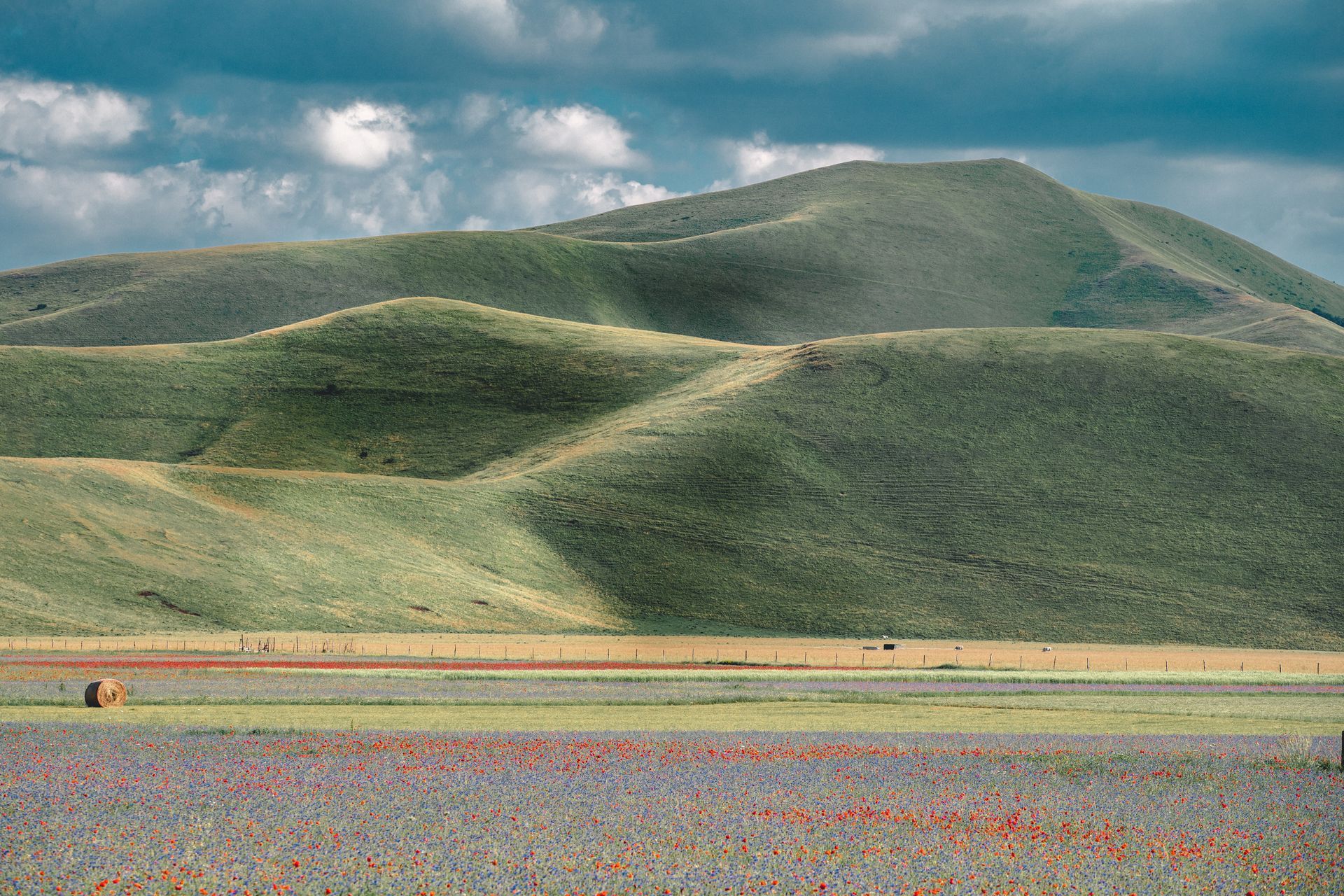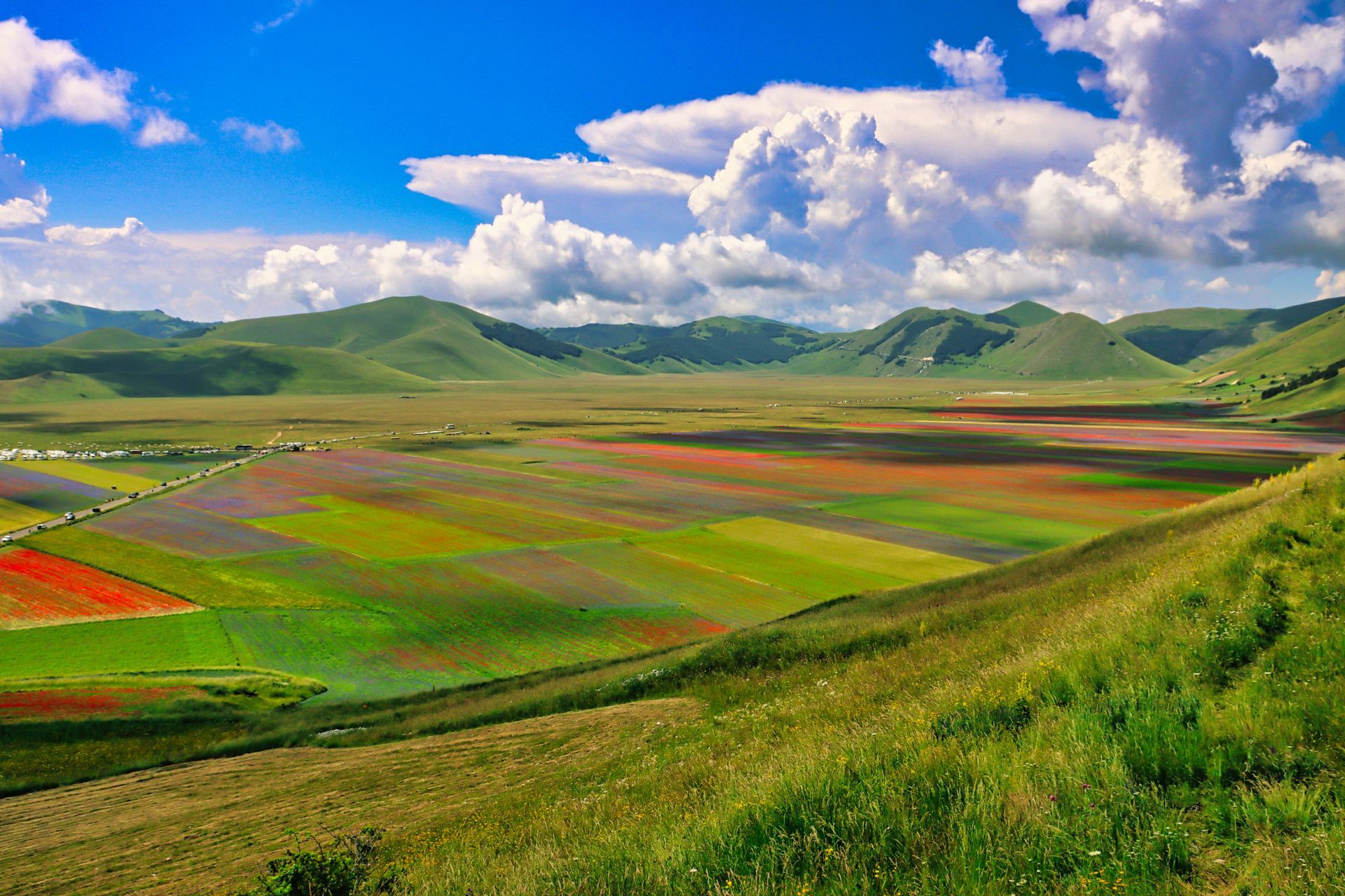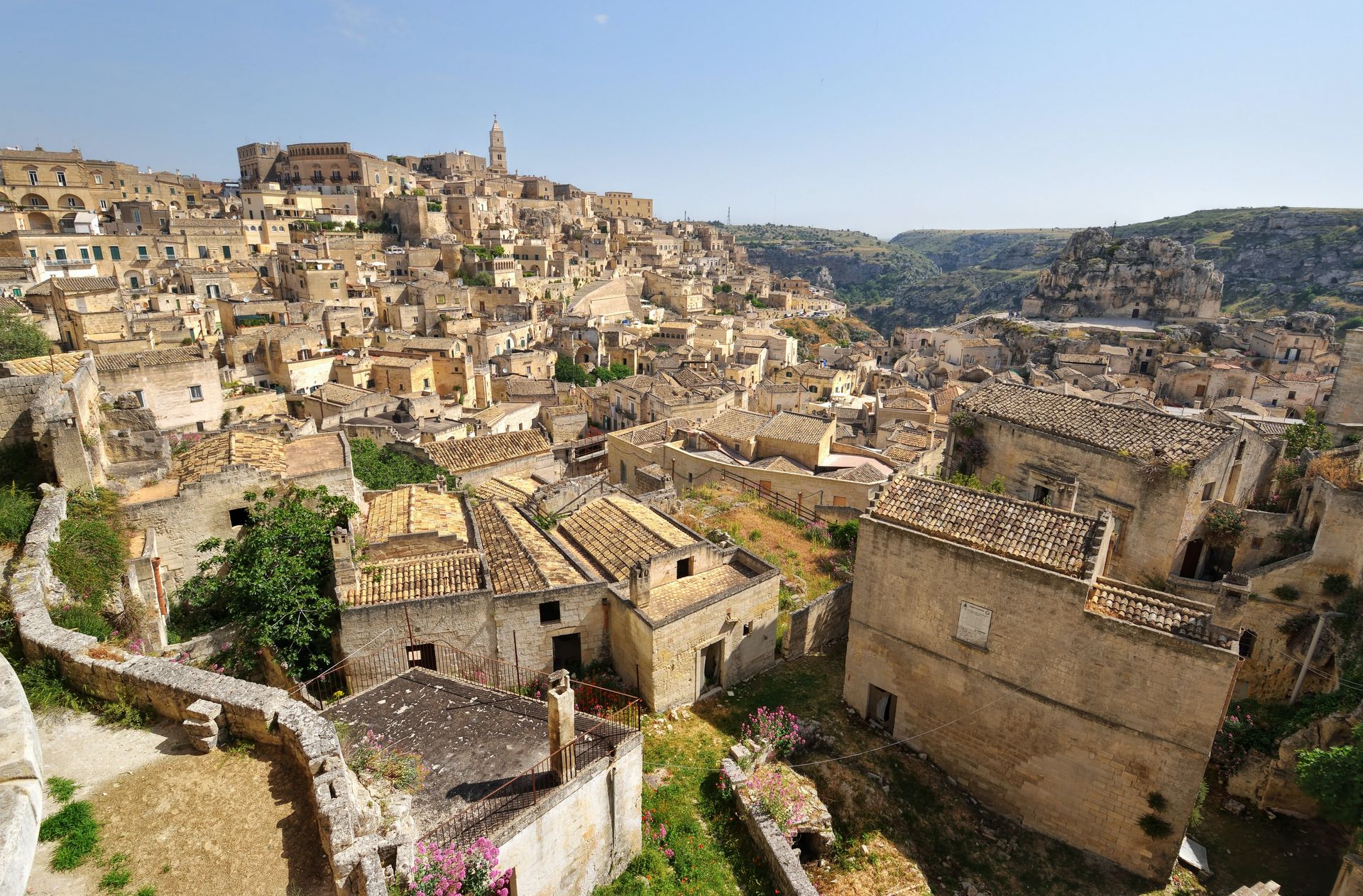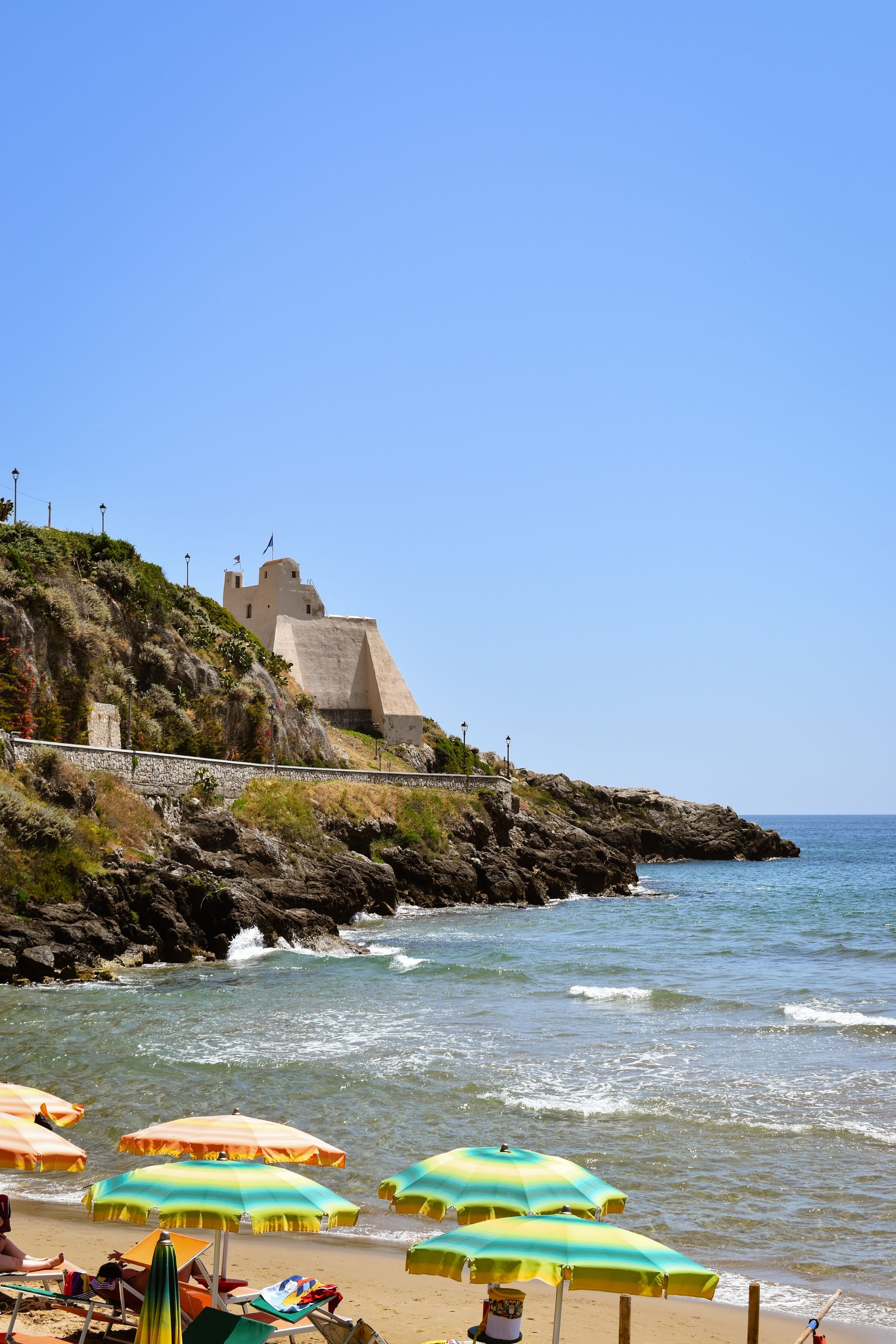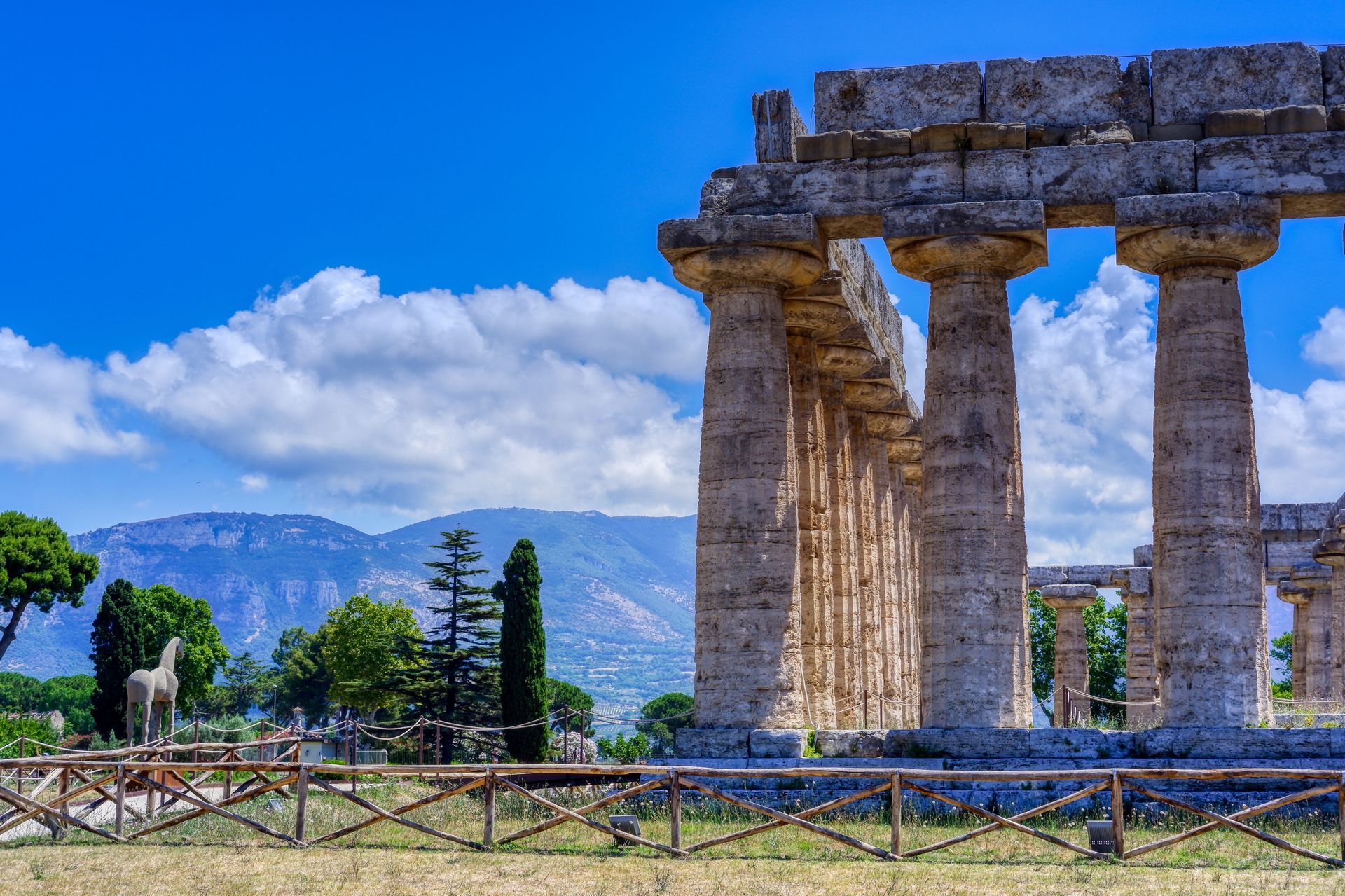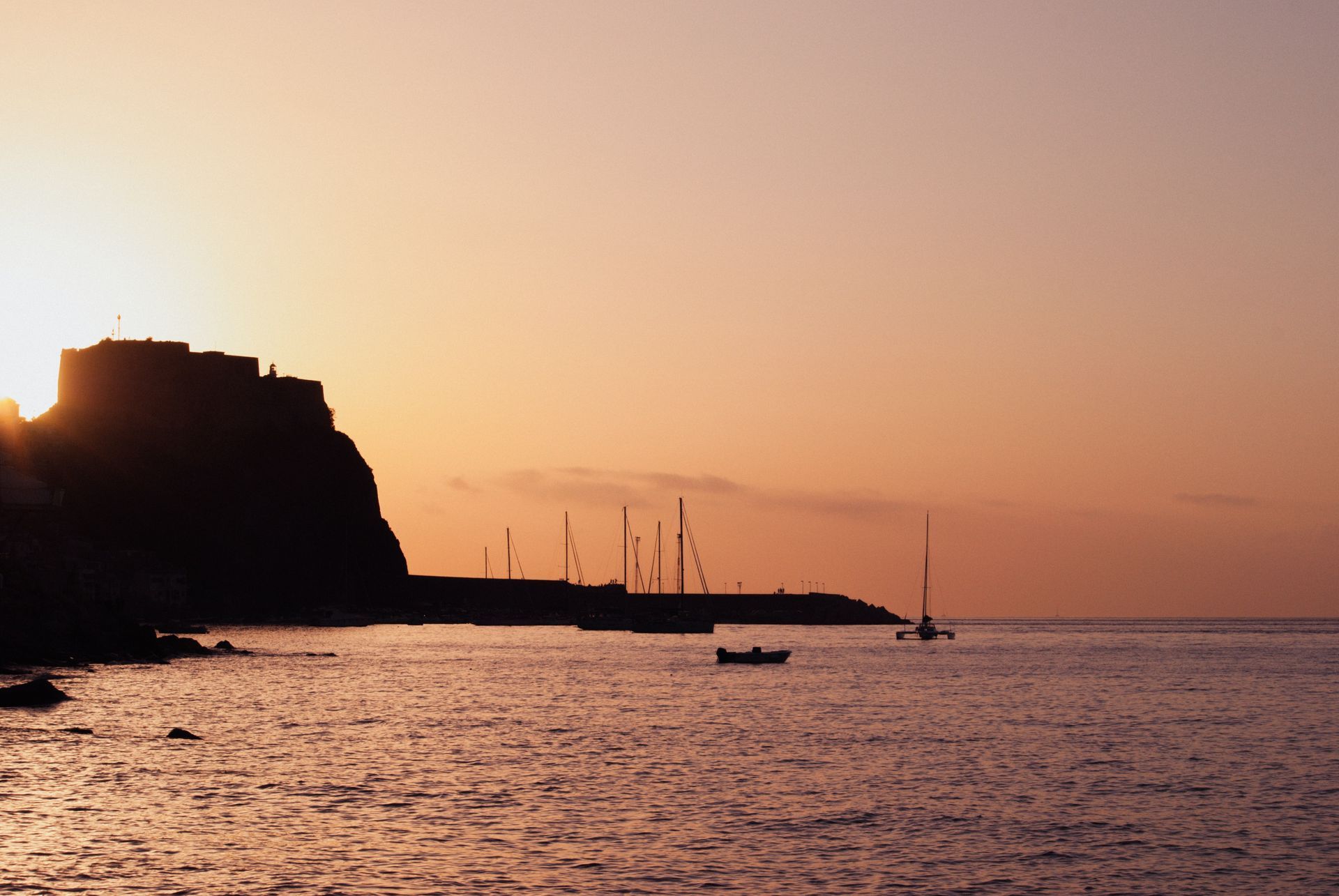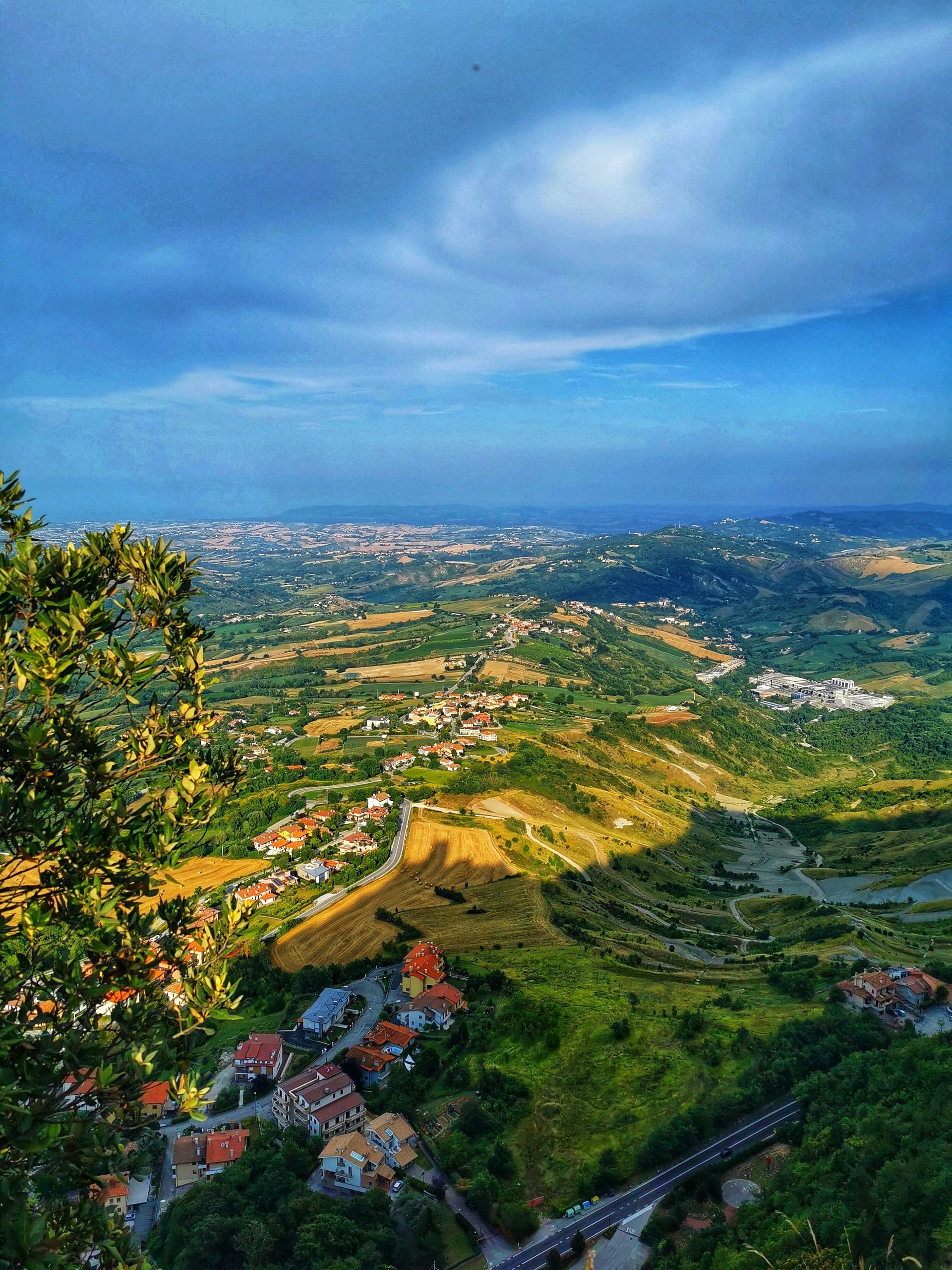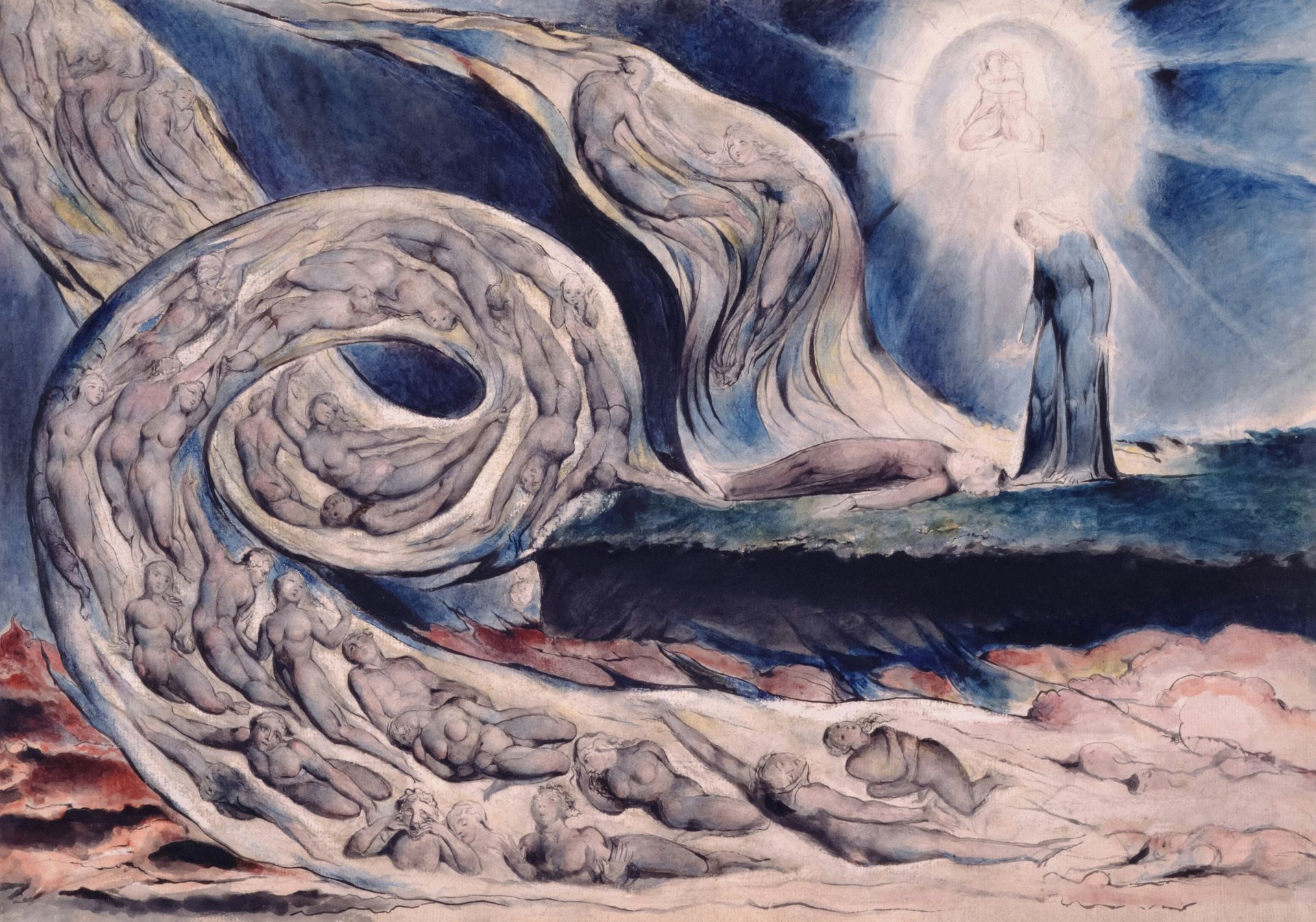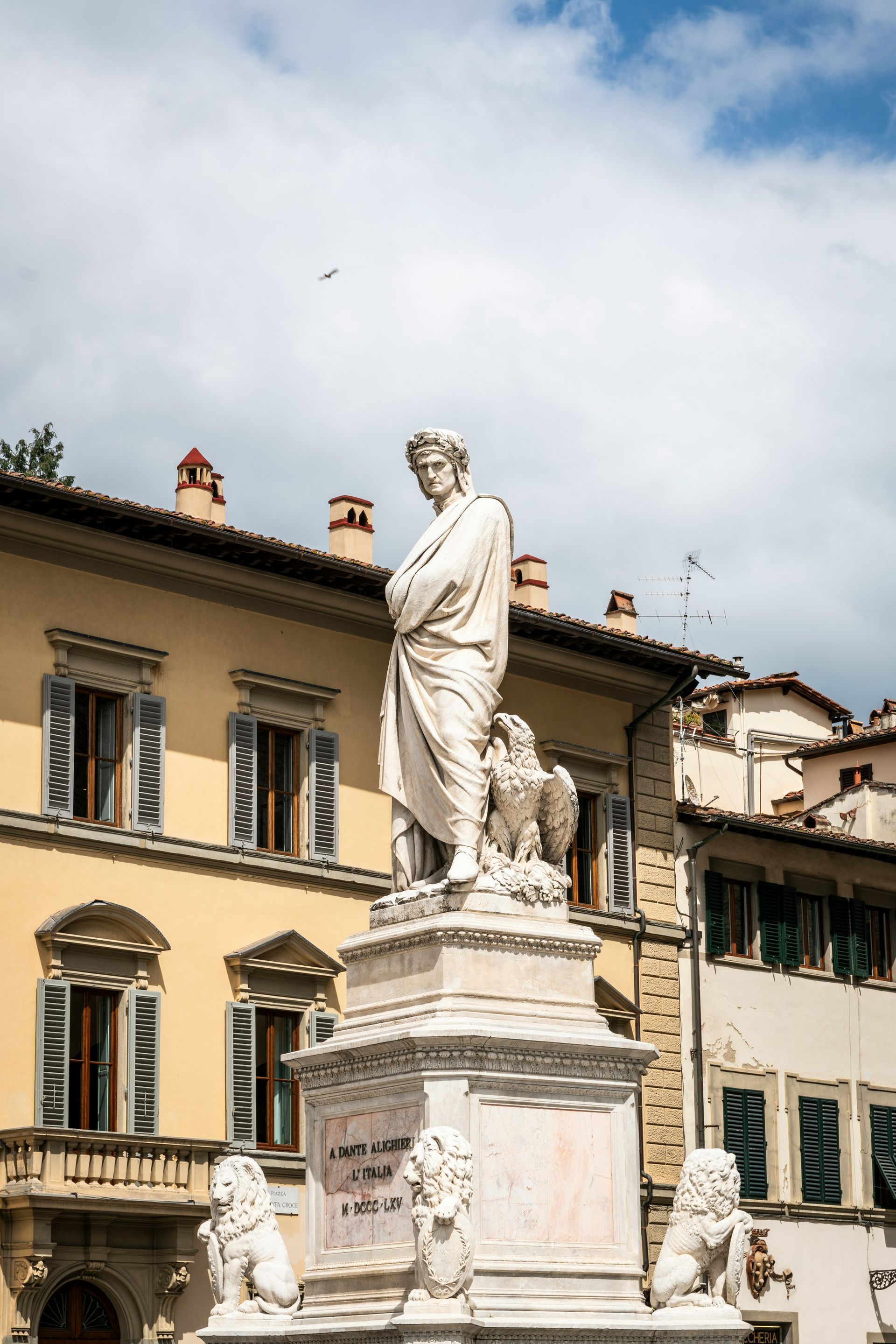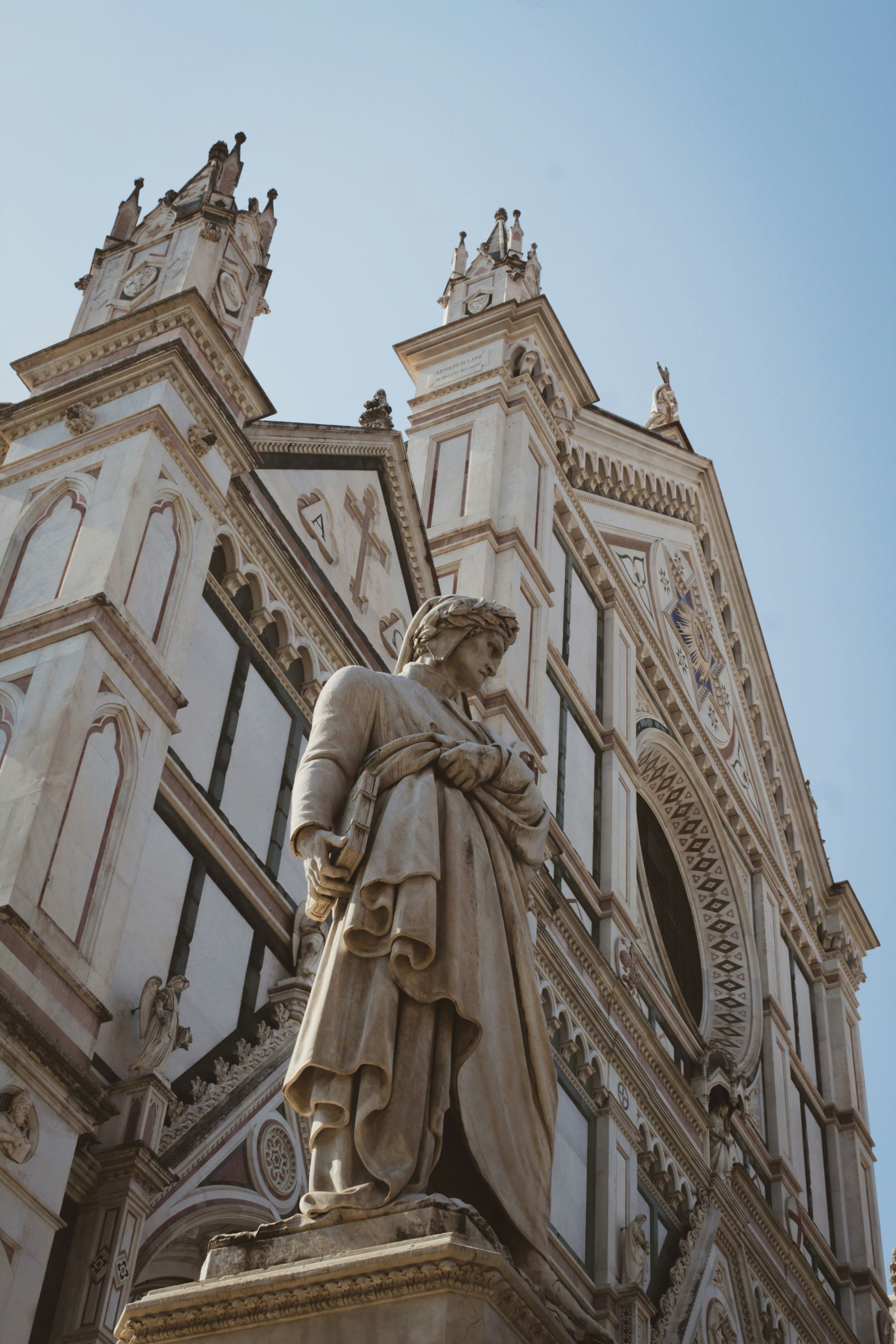Spreading Smile across the globe
Hidden Gems of Northern Italy
Hidden Gems of Italy are a testament to the country's diverse and enchanting beauty, often concealed from the traditional tourist routes. While Italy is celebrated for its iconic cities like Rome, Florence, Venice, and the Amalfi and Cinque Terre coasts, it's the lesser-known destinations that promise a unique journey. These unexplored regions offer travellers a chance to experience Italy's authentic culinary delights, rich historical narratives, and stunning natural landscapes. From the northern reaches to the southern shores, these Hidden Gems of Italy reveal a different facet of this remarkable nation.
Lake Orta - Piedmont
Hidden Gems of Italy come to life at Lake Orta, tucked away near the Swiss border in the heart of Piedmont. This hidden paradise often evades the spotlight compared to its more famous counterparts like Lake Como and Lake Garda. The historic town of Orta San Giulio, with its Baroque and Medieval architecture, cobbled streets, and idyllic Piazza Motta, enchants visitors. The glistening waters of the lake itself invite moments of serenity. What makes Lake Orta truly extraordinary is the mysterious island at its centre—a tranquil sanctuary inhabited by resident nuns.
Treviso - Veneto
Among the Hidden Gems of Italy, Treviso stands as a city in the Veneto region that retains its genuine northern Italian charm. Meandering through its narrow cobbled lanes, picturesque canals, and medieval city walls feels like a step back. Positioned on the fringes of the renowned Prosecco wine region, Treviso provides a delightful excuse for an aperitivo with a glass of Italy's renowned sparkling Prosecco.
Aosta Valley
Nestled among the bordering landscapes of Switzerland and France, the Aosta Valley showcases breathtaking alpine scenery, perched castles, and traditions that thrive throughout the year. When spring and summer arrive, the region's walking trails entice explorers. This season also brings lively festivals that celebrate folk traditions that date back to medieval times. Be sure to savour the local cheese Fontina, a culinary delight that embodies the spirit of this Hidden Gem of Italy.
Alba - Piedmont
Alba, a sought-after destination among Italy's hidden gems, is situated in the vineyards of the Langhe Hills. Once adorned with a hundred towers, Alba exudes a charming rural ambience. It's renowned for its autumn truffle festival, a gastronomic event that captures the essence of the region. Alba is also celebrated for its dark chocolate, hazelnut groves, white truffles, and prestigious wineries. It's from this very region that the sought-after Barolo wine originates.
Camogli - Liguria
Camogli, a typical and vibrant Italian seaside village on the Ligurian Riviera di Levante, perfectly embodies the spirit of the Hidden Gems of Italy. Towering, brightly painted houses dominate the town, and it has become a magnet for visitors seeking pristine beaches, Ligurian cuisine, the rustic fishing marina, Italian culture, and a tranquil natural setting. Camogli has earned its reputation for culinary excellence, focusing on fish and seafood, particularly anchovies and tuna, as well as the iconic pesto sauce made from basil and pine nuts.
Brescia - Lombardy
Hidden Gems of Italy often come alive through history, and Brescia is no exception. In this small city, history unfolds through a tapestry of architectural styles, spanning Roman, Medieval, Renaissance, Baroque, and even Art Deco. Walking through Brescia feels like a journey through time, and a visit to the captivating Piazza della Loggia, framed by a stunning Venetian-style palace at its heart, is a must for history enthusiasts.
Trieste
Trieste is a refreshingly unique destination, an Italian city positioned near the Slovenian border with its dialect that's a delightful blend of Austrian-German, Greek, Croatian, and Italian. Trieste's neoclassical waterfront is a sight to behold, with its marina brimming with stylish, glimmering yachts. The city's offerings include clear blue skies, expansive sandy beaches, city lidos, and the surrounding vineyards. Trieste is a Hidden Gem of Italy that belongs on every traveller's Northern Italian itinerary.
Modena - Emilia-Romagna
Modena is famed for its Hidden Gems of Italy, including balsamic vinegar, Luciano Pavarotti, the Romanesque cathedral, and the nearby Ferrari museum. Beyond these illustrious attractions, Modena reveals a treasure trove of remarkable restaurants. Massimo Bottura's Osteria Francescana has twice earned a place among the world's top 50 eateries, showcasing the culinary excellence of this Hidden Gem. While in Modena, don't miss the chance to savour local specialities like stuffed tortellini and sparkling Lambrusco wine, the perfect complement to your gastronomic journey.
Chiusa / Klausen - South Tyrol
Chiusa, also known as Klausen, is one of Italy's most picturesque villages. It is situated on the banks of the Isarco River in the South Tyrolean region near the Austrian border. Chestnut groves, green fields, vineyards, and farmsteads surround the town. In the village itself, visitors are captivated by narrow alleyways, coats of arms, large bay windows, crenellated facades, and the two main squares.
Ravenna - Emilia-Romagna
Ravenna offers a treasure trove of experiences among the Hidden Gems of Italy. This city is a feast for the senses, with its diverse offerings of food, music, art, culture, history, beaches, wine, and mosaics. Ravenna is home to eight UNESCO-listed sites, making it a must-visit for history and art enthusiasts. It's also known for its two-month-long music festival, Dante Alighieri's tomb, local culinary delights, nearby beach resorts, and the opportunity to explore pinewood forests. The city's fame is derived from its stunning mosaics, dating from the fifth and sixth centuries, scattered throughout the town.
In conclusion, Italy's Hidden Gems invite you to embark on a journey less travelled, where the rich tapestry of history, diverse cuisine, and breathtaking landscapes come to life. These lesser-known destinations provide an authentic Italian experience, away from the bustling crowds, revealing the nation's soul in its purest form. Explore these Hidden Gems to uncover Italy's hidden treasures.
Hidden Gems of Central Italy
Hidden Gems of Italy beckon the adventurous traveller to explore the lesser-known treasures that this remarkable country holds. From the picturesque valleys of Tuscany to the medieval charm of Umbria, the mysterious landscapes of Molise, and the architectural wonders of San Gimignano, these destinations promise unforgettable experiences.
Garfagnana - Tuscany
The Garfagnana region is a hidden gem in the beautiful Tuscan valley north of Lucca. It is crossed by the Serchio River, and the landscape is characterized by fertile greenery, rugged mountains, and charming villages. Outdoor activities such as hiking, walking, and mountain biking are enjoyed by many people in this area. Garfagnana is home to several one-of-a-kind attractions, including a ghost town, a wind cave, and the Devil's Bridge at Borgo a Mozzano.
Gubbio - Umbria
Umbria hides many treasures, and a particular favourite among Hidden Gems of Italy is the Medieval hilltop town of Gubbio. Gubbio, a city with a history dating back over 2,000 years, is a maze of cobbled streets and stone buildings that have been perfectly preserved. Visitors can take a cable car to the summit of Mount Ingino to enjoy panoramic views of the surrounding area. In addition, Gubbio hosts Italy's oldest event, the Corsa dei Ceri, in which teams race through the streets carrying massive wooden candles.
Molise
Molise is Italy's second-smallest region and one of its best-kept secrets. Hidden Gems of Italy are plentiful here. The picturesque town of Agnone is renowned for its artisanal bells, produced by the oldest family-run bell foundry in the world. Meanwhile, Campobasso, the regional capital, boasts a stunning medieval old town. Molise offers a captivating mix of historical charm and natural beauty, with rugged mountains, rolling hills, and pristine beaches along the Adriatic coast.
San Gimignano - Tuscany
Nestled in the heart of Tuscany, San Gimignano boasts medieval architecture and, of course, its famous towers. The town's historic centre is a UNESCO World Heritage site, known for its fourteen stone towers that once symbolised wealth and power. San Gimignano offers a glimpse into medieval Tuscany, with well-preserved streets and squares that transport visitors to another time. Besides the towers, make sure to explore the Collegiate Church and indulge in the local Vernaccia wine, a crisp white wine produced in the region.
Spello - Umbria
Another gem in the heart of Italy, Spello enchants visitors with its winding medieval streets and stunning floral displays. Known as the "Città Infiorata" or "flower town," Spello hosts the Infiorata festival, during which the streets are carpeted with intricate flower petal designs. This event occurs in early June and is a magnificent spectacle. Outside of the festival, Spello's charm continues with its well-preserved historic centre and beautiful churches.
Trulli of Alberobello - Apulia
Apulia, or Puglia, is famous for its unique trulli houses, and Alberobello is the epicentre of this architectural marvel. These whitewashed conical homes are a UNESCO World Heritage Site that offers a glimpse into the region's history. Visitors can even stay in trulli that have been converted into accommodations, providing a truly immersive experience.
Norcia - Umbria
Nestled in the Sibillini Mountains, Norcia is renowned for its gastronomy. This charming town produces exceptional cured meats, particularly prosciutto and salami. For food enthusiasts, Norcia is a true Hidden Gem of Italy. Explore local shops, taste the region's specialities, and visit the beautiful town square. Nature enthusiasts will also find hiking trails and natural beauty in the nearby Monti Sibillini National Park.
Montefalco - Umbria
Montefalco is often called the "Balcony of Umbria" for its stunning views over the surrounding valley. This charming town is also known for its wine, particularly Sagrantino, one of Italy's most robust red wines. Montefalco's medieval centre is picturesque and hosts several churches with remarkable frescoes, making it a cultural and gastronomic gem.
Castelluccio di Norcia - Umbria
High in the Sibillini Mountains, Castelluccio di Norcia is a quaint village known for its stunning wildflower blooms in late spring and early summer. The surrounding plateau becomes a colourful tapestry, attracting photographers and nature enthusiasts. Besides the flowers, visitors can enjoy hiking and take in the breathtaking scenery. Hidden Gems of Italy like Castelluccio di Norcia provide a unique connection to nature and the changing seasons.
In the heart of Italy, a treasury of Hidden Gems awaits the intrepid traveller. From the mysterious ghost town of Garfagnana to the ancient charms of Gubbio, the enchanting landscapes of Molise, and the medieval splendours of San Gimignano, these lesser-known destinations reveal Italy's diverse beauty and rich history. Journey through the tranquil streets of Spello, marvel at the unique trulli houses in Alberobello, savour the culinary delights of Norcia, and bask in the vibrant blooms of Castelluccio di Norcia. These Hidden Gems of Italy promise an unforgettable adventure in a land of timeless wonder.
Hidden Gems of Southern Italy
Italy, a land of rich history, captivating art, and exquisite cuisine, is known for its iconic cities and world-famous landmarks. Despite the tourist-filled streets and crowded piazzas, the country holds many hidden gems—lesser-known destinations that offer a more intimate and authentic experience. These places, tucked away in various corners of Italy, are a testament to the nation's diverse and enchanting beauty, waiting to be explored by the discerning traveller. From medieval towns perched atop hills to charming coastal villages and ancient archaeological sites, the Hidden Gems of Italy promise unique adventures and unforgettable memories.
Civita di Bagnoregio - Lazio
Civita di Bagnoregio is often called the "Dying Town" because of its gradual erosion over the centuries. This medieval village is perched on a hilltop and can only be reached by a long footbridge. It's a unique destination, seemingly suspended in time, and is the perfect Hidden Gem for history buffs and photographers.
Matera - Basilicata
Matera, known for its cave dwellings, is one of Italy's most intriguing and unique destinations. The Sassi di Matera, a historic cave settlement, is a UNESCO World Heritage Site. Matera is gaining popularity but still qualifies as one of the Hidden Gems of Italy. Touring this labyrinth of stone-carved rooms and narrow streets offers an incredible historical journey.
Sperlonga - Lazio
Sperlonga is a charming coastal town characterized by its pristine beaches, winding alleys, and picturesque piazzas. Nestled between Rome and Naples, Sperlonga is often overlooked by travellers. A visit here reveals a relaxed and authentic Italian atmosphere, perfect for strolls and seaside relaxation. Take advantage of the Grotto of Tiberius, a cave once used as the emperor's villa and now a museum.
Paestum - Campania
The ancient ruins of Paestum, originally a Greek colony known as Poseidonia, provide an extraordinary window into Italy's history. The temples are exceptionally well-preserved, ranking among the best-preserved in the world. Paestum is also home to a fascinating archaeological museum that displays artefacts from the site. Enjoy a step back in time amid the Hidden Gems of Italy.
Castro - Apulia
Castro, a picturesque coastal town, boasts a historic centre perched on a rocky outcrop. Visitors can explore ancient churches, fortifications, and a charming harbour. Castro also has sea caves that can be explored by boat. The region's cuisine is a seafood lover's paradise, making this town a Hidden Gem for food enthusiasts as well.
Scilla - Calabria
Scilla, an idyllic coastal village in Calabria, offers stunning sea views and hidden beaches. The town is known for the Ruffo Castle, which dominates the landscape, and the legendary sea monster Scylla from Greek mythology. The charming village is a serene and lesser-known alternative to some of the more crowded Italian seaside destinations.
San Marino
San Marino is a microstate surrounded by Italy and is one of the world's oldest republics. It's a destination that's often missed, making it a true Hidden Gem. San Marino boasts dramatic mountaintop views, historic architecture, and unique attractions like the Guaita Tower and the Palazzo Pubblico. For collectors, the country is also known for its beautiful stamps and coins.
Conclusion
Discovering the Allure of Hidden Gems of Italy
Hidden Gems of Italy offers travellers an authentic experience, far removed from the tourist-packed cities and famous landmarks. These lesser-known destinations unravel the genuine charm, culture, history, and culinary wonders that make Italy an endlessly fascinating country to explore. From the mountains of the North to the coasts of the South, each region holds its treasures, waiting to be discovered by those who venture off the beaten path. By exploring the Hidden Gems of Italy, you can craft a unique and unforgettable journey that deepens your appreciation of this incredible country. Plan your trip carefully, and you will be rewarded with the beauty, history, and flavours that characterize these enchanting places.
Why Dante Alighieri is important
Why Dante Alighieri Is Important: Unveiling the Literary Luminary
Dante Alighieri, a name that resonates through the corridors of literary history, stands as a towering figure in the world of poetry and philosophy. Exploring the profound question of "Why Dante Alighieri is important" unveils a journey into the captivating realms of his literary legacy. Born in the heart of medieval Florence, Dante crafted the epic poem "Divine Comedy," a magnum opus that transcends time and continues to influence scholars, artists, and thinkers worldwide.
Dante's significance lies not merely in his poetic prowess but in the multifaceted layers of his work. "Divine Comedy" serves as a poignant reflection of the medieval worldview, addressing themes of morality, spirituality, and human nature. Beyond its literary merit, Dante's contribution to the Italian language is immeasurable; he played a pivotal role in shaping the Tuscan dialect into a recognized literary form. The intricate tapestry of allegory, symbolism, and political commentary in his writings adds layers of complexity that invite perpetual exploration.
This exploration delves into Dante's profound impact on the cultural and intellectual landscape, from the Renaissance to the present day. His enduring influence reaches far beyond the realms of literature, extending into theology, art, and the very fabric of Italian identity. To understand "Why Dante Alighieri is important" is to embark on a captivating voyage through the soul-stirring verses of a literary luminary whose brilliance continues to illuminate the corridors of human thought and expression.
Dante's Literary Magnum Opus: The Divine Comedy
In the vast landscape of literary history, Dante Alighieri stands as a towering figure, and at the heart of his legacy is the epic masterpiece, the "Divine Comedy." This exploration delves into the significance of Dante's unparalleled work, unraveling its poetic genius, thematic richness, and enduring influence.
Dante's brilliance shines through the "Divine Comedy," a literary magnum opus that traverses the realms of the afterlife—Inferno, Purgatorio, and Paradiso. Each canto is a carefully crafted journey, showcasing Dante's mastery of language and his ability to weave intricate allegories. The thematic richness of the work, exploring morality, redemption, and divine justice, positions it as a timeless exploration of the human condition.
Beyond its narrative prowess, the "Divine Comedy" holds a mirror to the political and social landscape of Dante's time, adding layers of complexity. The characters and landscapes become allegorical representations, contributing to a multifaceted narrative that transcends its medieval origins.
Dante's ability to create a vivid and imaginative portrayal of the afterlife sets the "Divine Comedy" apart, making it a cornerstone of world literature. The enduring influence of this masterpiece underscores its importance, as subsequent generations of writers, artists, and thinkers continue to draw inspiration from its profound themes and artistic achievements. As we delve into Why Dante Alighieri is important, it's impossible to overlook the transformative power of the "Divine Comedy" in shaping the course of literary history and providing a timeless lens through which we contemplate the complexities of existence.
Shaping the Italian Language: Dante's Linguistic Legacy
In unraveling the significance of Dante Alighieri, the maestro of Italian literature, the spotlight turns towards a facet of unparalleled importance — his indelible mark on the Italian language. This exploration into "Why Dante Alighieri is important" navigates the intricate web of linguistic choices, the elevation of the Tuscan dialect, and the enduring influence on the intricate dance of Italian expressions.
Linguistic Choices:
Within the boundless expanse of "The Divine Comedy," Dante orchestrated a symphony of linguistic brilliance. His meticulous selection of the Tuscan dialect, hailing from the artistic crucible of Florence, was not just a literary preference but a visionary stride towards a unified Italian language. Dante, a linguistic alchemist, infused his verses with the essence of Tuscan, thereby sowing the seeds for a linguistic metamorphosis that transcended regional idiosyncrasies.
The Tuscan dialect, chosen with purpose, became the crucible in which Dante forged a language that harmonized the diverse linguistic strains of Italy. It served as a beacon, guiding subsequent generations towards a standardized Italian that would echo through the centuries. Dante's linguistic odyssey was not merely a literary endeavor but an architectural masterpiece, laying the cornerstone for the majestic edifice of the Italian language we celebrate today. His lexicon, a treasure trove of linguistic richness, continues to resonate in every syllable spoken and written in the exquisite tapestry of contemporary Italian expression.
Layers of Allegory and Symbolism: A Multidimensional Narrative
Dante's writings are a rich tapestry of allegory, symbolism, and political commentary. Each canto of the "Divine Comedy" unfolds like a multidimensional painting, inviting readers to explore the layers of meaning beneath the surface. This section navigates through the intricate web of Dante's symbolic universe, emphasizing Why Dante Alighieri is important.
In Dante's hands, allegory becomes a powerful tool, with each character and setting carrying layers of meaning beyond their literal interpretation. The journey through the realms of the afterlife becomes a metaphorical exploration of the human soul, morality, and the divine order. Dante's intricate use of symbolism, such as the three beasts representing sin or the journey through the dark forest symbolizing spiritual crisis, adds depth and complexity to the narrative.
Political allegory also weaves through Dante's work, as he uses fictionalized characters to comment on the political turmoil of his time. The "Divine Comedy" becomes a mirror reflecting the socio-political landscape, emphasizing Dante's courage in addressing contemporary issues.
Understanding the layers of allegory and symbolism in Dante's work not only enhances the appreciation of his literary genius but also emphasizes Why Dante Alighieri is important. His ability to intertwine profound philosophical ideas with narrative artistry creates a multidimensional narrative that transcends its medieval origins, leaving an indelible mark on the realms of literature and intellectual discourse.
Dante Alighieri: A Cultural Luminary
Dante Alighieri's importance goes beyond literary brilliance; he emerges as a cultural luminary. This final section on Why Dante Alighieri is important explores his influence on Italian identity, language, and the broader intellectual landscape, unraveling the threads of a literary legacy that continues to captivate hearts and minds.
Dante's impact on Italian culture is profound, contributing significantly to the forging of a distinct Italian identity during a time when the region was a patchwork of city-states. His choice to write the "Divine Comedy" in the Tuscan dialect, rather than Latin, helped establish Tuscan as a literary language, laying the foundation for the modern Italian language we recognize today.
Beyond language, Dante's work delves into the complexities of human experience, morality, and spirituality, making him a guiding light in the intellectual landscape. His exploration of the human condition resonates across centuries, touching on universal themes that transcend cultural and temporal boundaries.
As Italy's cultural ambassador, Dante's legacy is deeply woven into the fabric of the nation's artistic and intellectual heritage. His enduring influence extends to literature, philosophy, and even visual arts, making him a revered figure whose impact on culture goes far beyond the pages of his poetic masterpieces. Understanding Why Dante Alighieri is important requires recognizing his role not just as a literary giant but as a foundational pillar in the construction of Italy's cultural identity.
Dante's Enduring Relevance: Universal Themes for All Ages
Fast forward to the present, and Dante's relevance remains undiminished. This section on Why Dante Alighieri is important delves into the universal themes explored by Dante – the afterlife, the human soul, and the pursuit of truth – and how they continue to captivate readers of all backgrounds.
In the contemporary landscape of literature and philosophy, Dante's exploration of universal themes renders his work timeless. The vivid depiction of the afterlife in the "Divine Comedy" prompts introspection on the human condition, morality, and the consequences of one's actions—themes that resonate across cultural, religious, and temporal boundaries.
The quest for truth and self-discovery, central to Dante's narrative, remains a perennial pursuit for individuals navigating the complexities of existence. Dante's ability to weave these profound themes into a narrative accessible to readers of diverse backgrounds underscores Why Dante Alighieri is important. His work continues to serve as a poignant mirror reflecting the shared human experience, offering insights that transcend the boundaries of time and culture.
Whether readers approach Dante seeking philosophical enlightenment or a literary journey, his writings endure as a testament to the enduring power of storytelling to illuminate the profound and universal aspects of the human experience.
Dante's Influence Across Disciplines: A Perennial Source of Inspiration
Dante's influence extends far beyond literature, permeating philosophy, theology, and the arts. This segment on Why Dante Alighieri is important explores the profound impact of Dante's philosophical musings, theological insights, and how his work has become a wellspring of inspiration for artists, scholars, and thinkers across diverse disciplines.
In the realm of philosophy, Dante's exploration of morality, justice, and the human condition has sparked countless discussions and reflections. Philosophers from different eras have drawn inspiration from his profound insights, integrating Dantean themes into broader philosophical discourse.
Theological circles also find Dante's work as a source of contemplation and dialogue. His imaginative depiction of the afterlife and spiritual journey provides a unique lens through which theologians explore complex theological concepts, prompting discussions on divine justice, redemption, and the nature of God.
Beyond the written word, Dante's influence resonates in the arts. Countless painters, sculptors, musicians, and filmmakers have drawn inspiration from the vivid imagery and emotional depth found in the "Divine Comedy." The visual and auditory interpretations of Dante's work continue to enrich artistic expressions, creating a cultural tapestry that bears the indelible mark of Dantean influence.
In essence, Dante Alighieri stands not only as a literary giant but as a cross-disciplinary luminary whose intellectual legacy transcends the boundaries of specific fields. His enduring influence reinforces Why Dante Alighieri is important, as his work continues to ignite intellectual curiosity and artistic creativity across the vast spectrum of human thought and expression.
Conclusion: Dante Alighieri's Timeless Significance
In concluding our exploration of Why Dante Alighieri is important, it becomes evident that his legacy stands as an enduring beacon in the vast sea of human intellectual and artistic achievements. Dante's impact, woven into the very fabric of literature, language, philosophy, and the arts, attests to the timeless significance of his contributions.
Dante not only gifted the world a literary magnum opus in the form of the "Divine Comedy," but he also shaped the Italian language, leaving an indelible mark on linguistic history. His intricate use of allegory and symbolism invites readers to delve into the depths of his narrative, unlocking layers of meaning that continue to resonate across generations.
Beyond his literary brilliance, Dante emerges as a cultural luminary, influencing Italian identity and contributing to the broader intellectual landscape. His exploration of universal themes ensures that his relevance spans ages, offering profound insights into the human condition, the afterlife, and the pursuit of truth.
As we contemplate Why Dante Alighieri is important, we recognize that his influence extends far beyond his medieval context. Dante's work remains a perennial source of inspiration, fostering ongoing dialogues in philosophy, theology, and the arts. In essence, Dante Alighieri's legacy is a testament to the enduring power of human creativity, intellectual inquiry, and the ability of one individual to shape the course of history.
Things To Do | Travel Information | Local's Favourites




